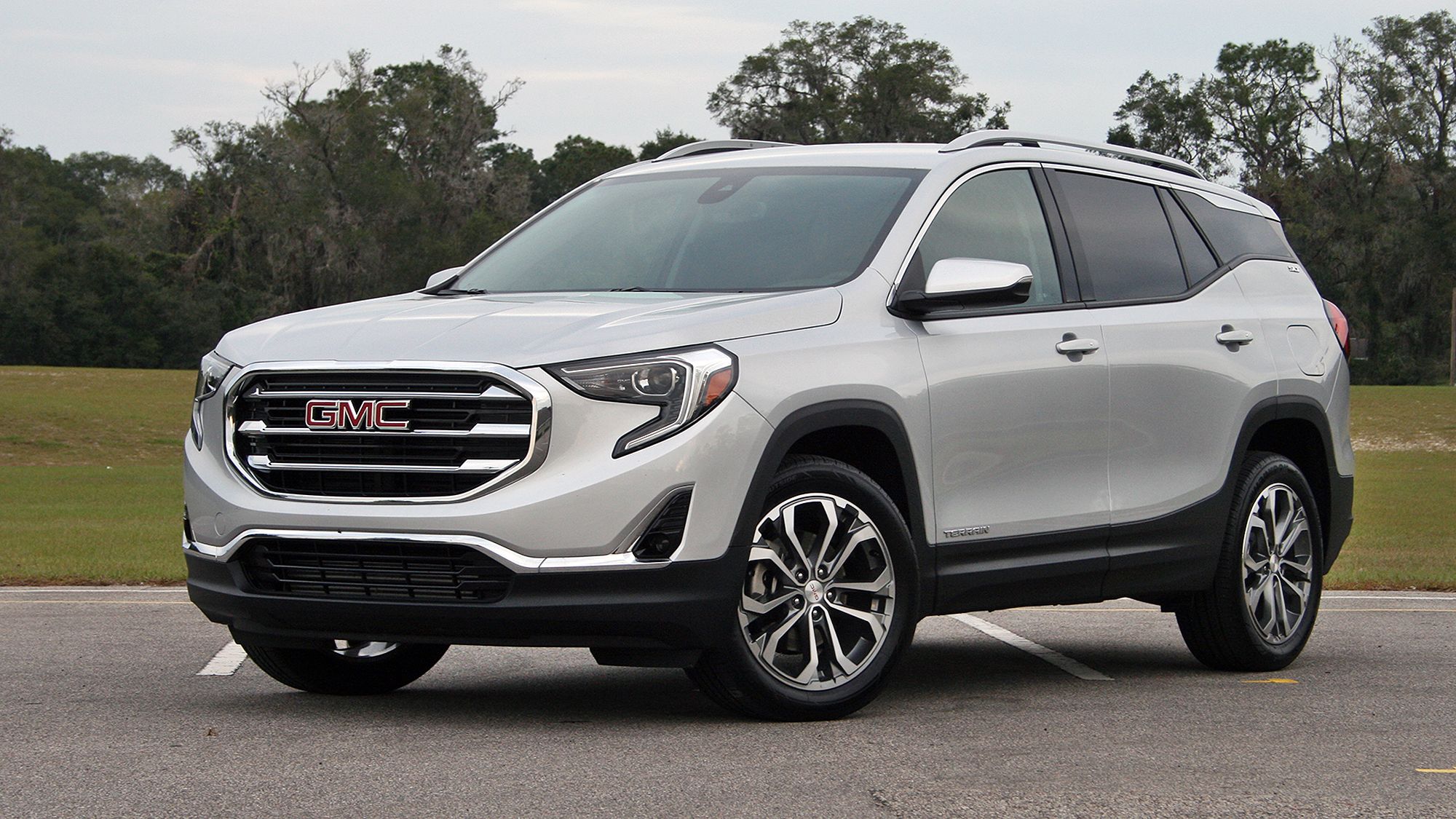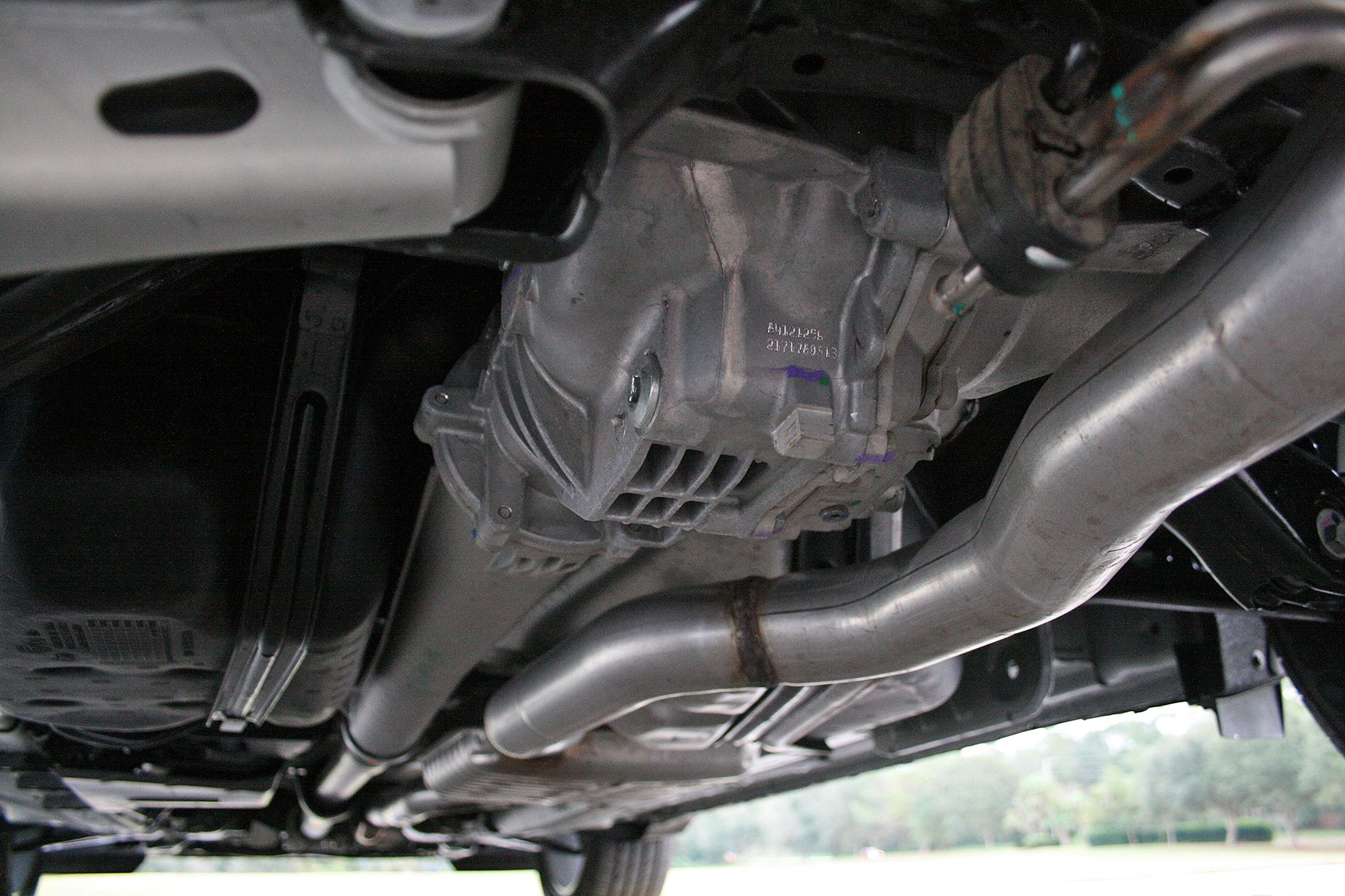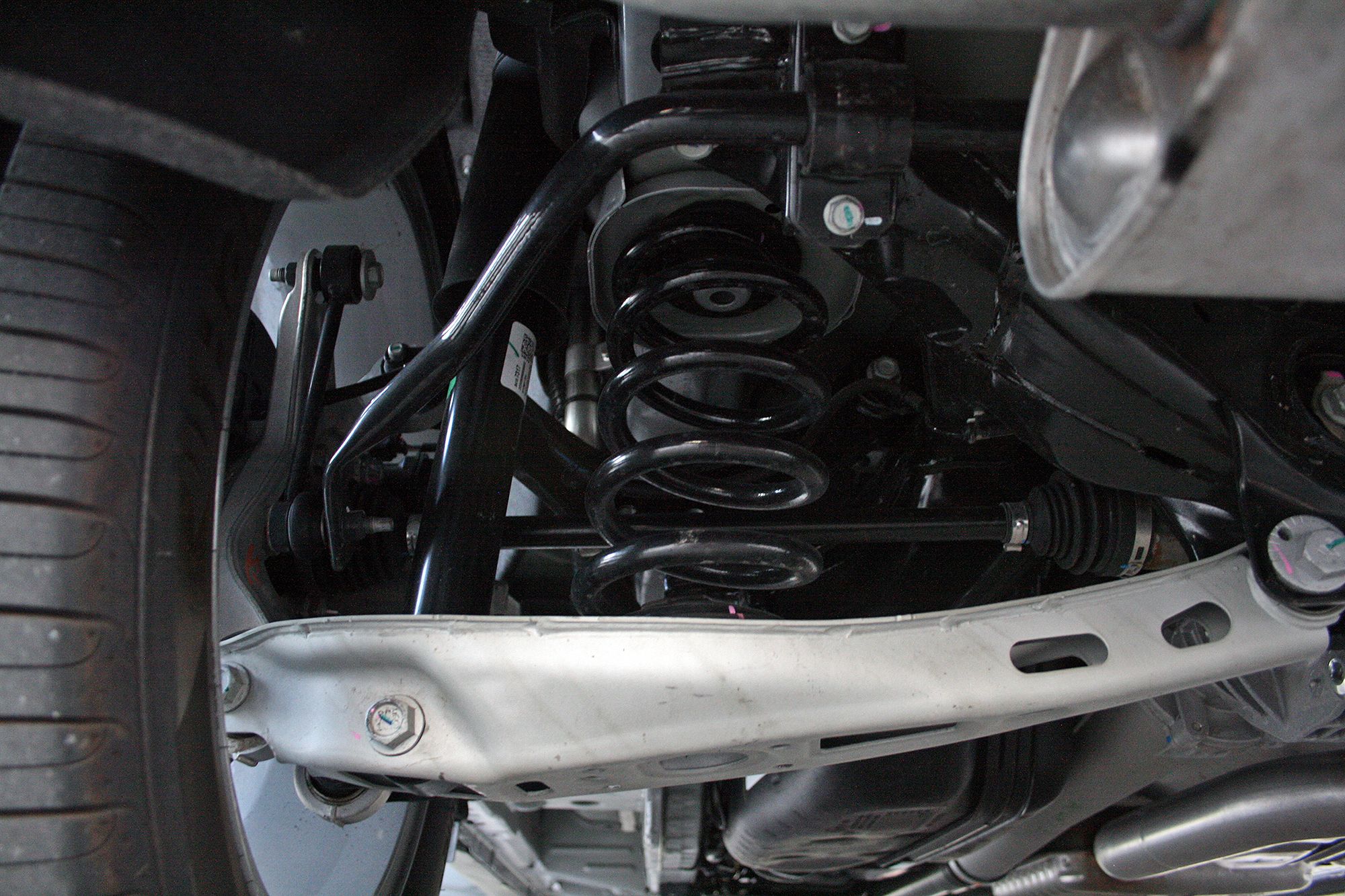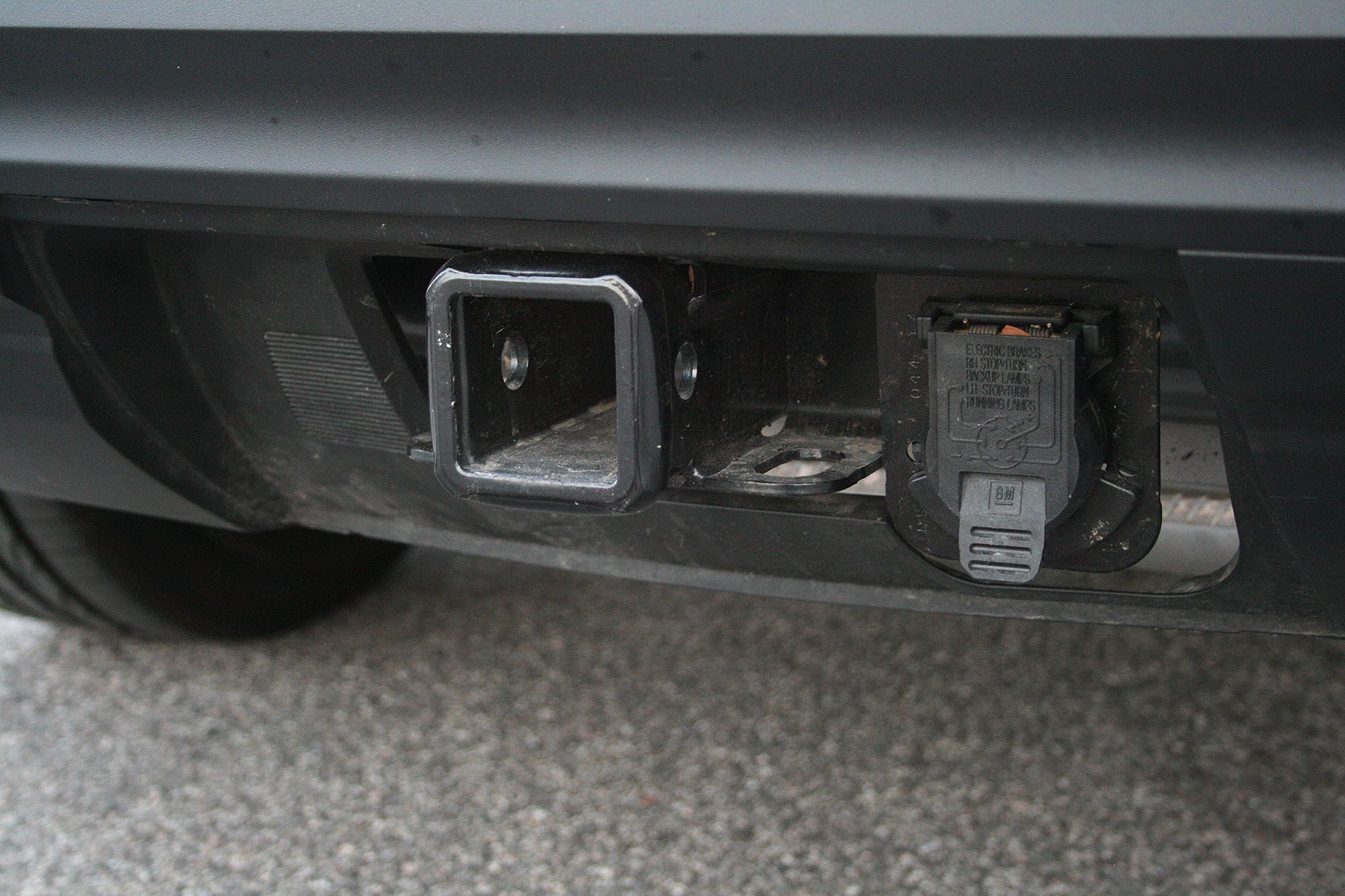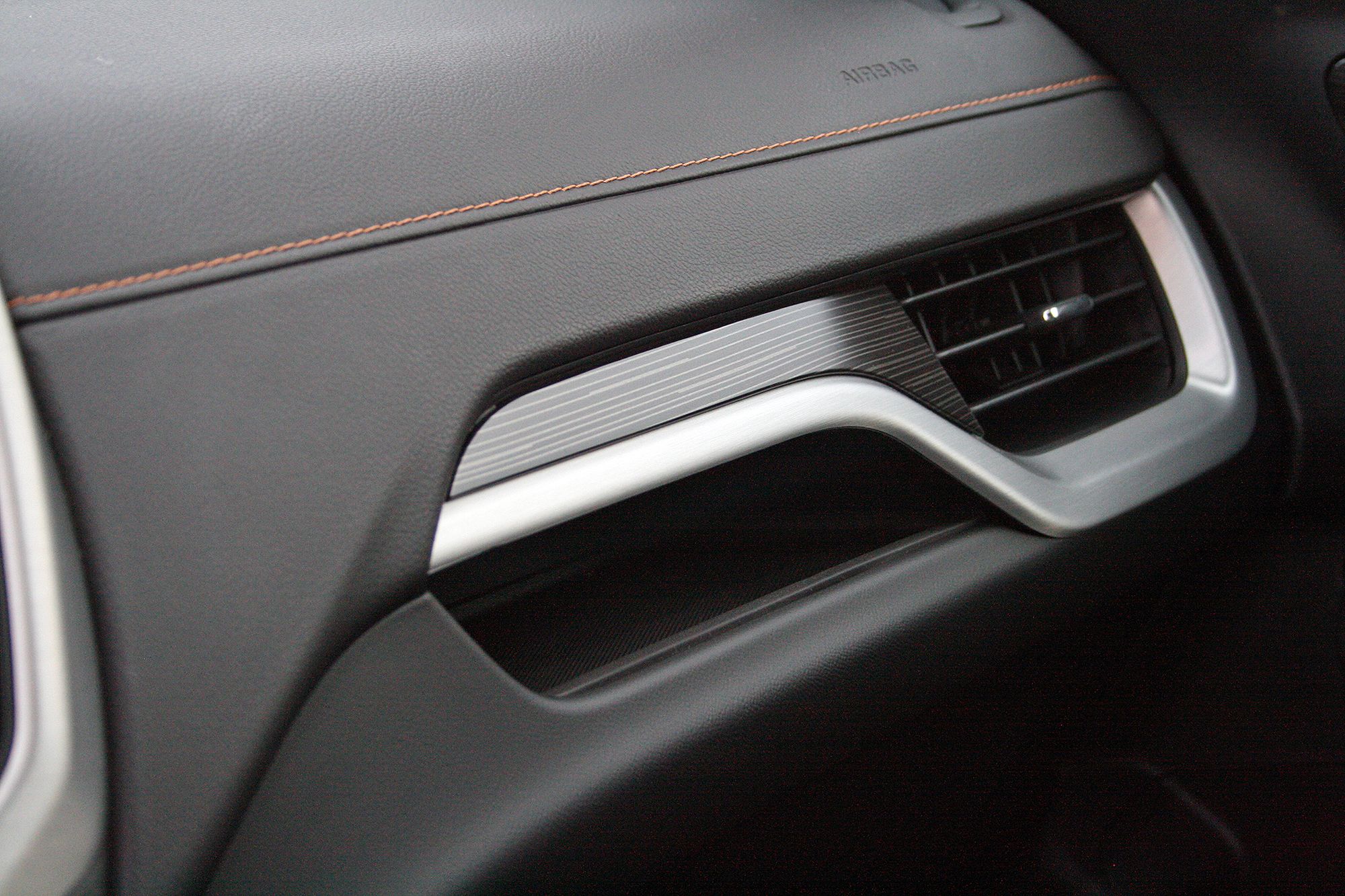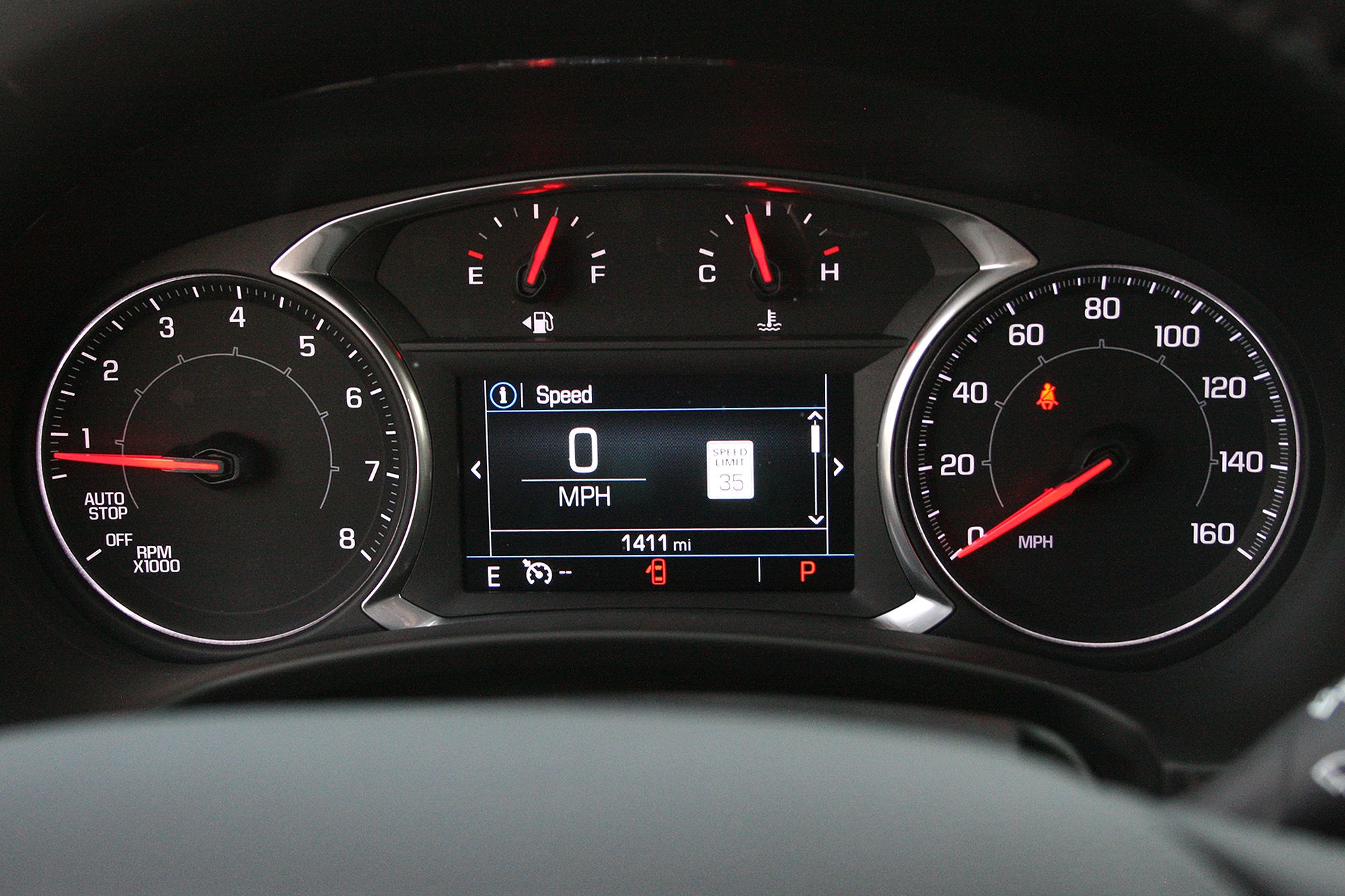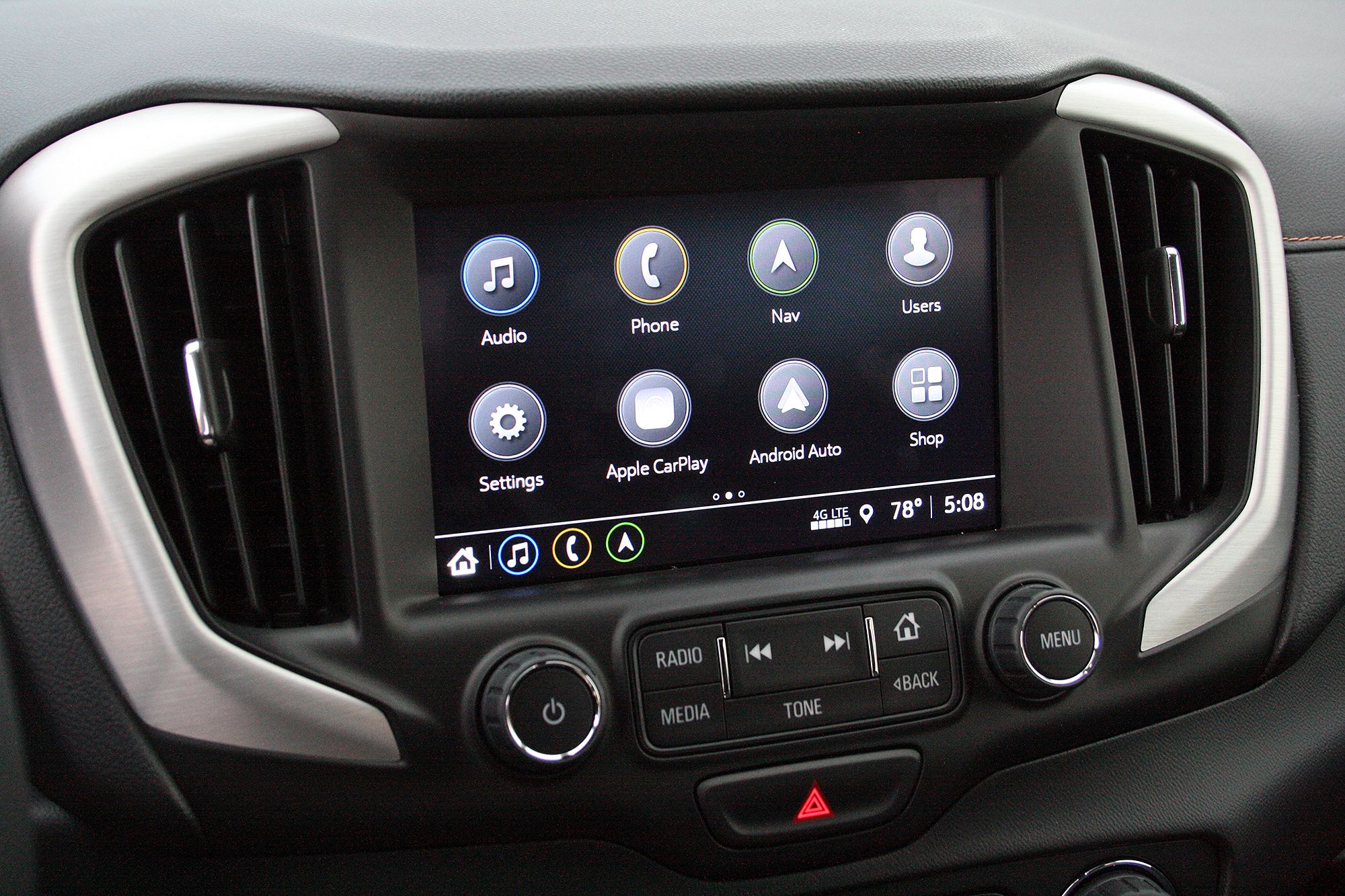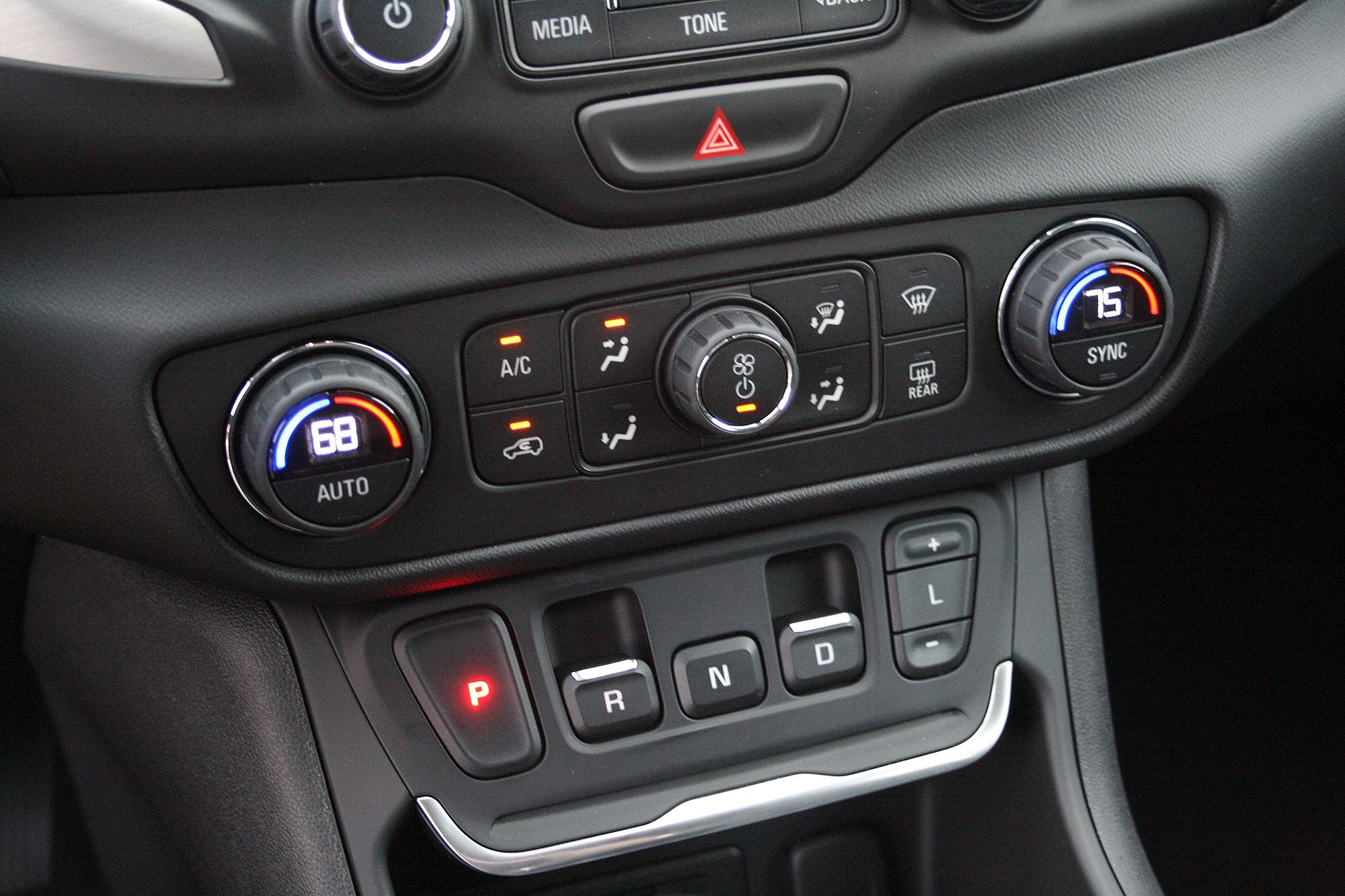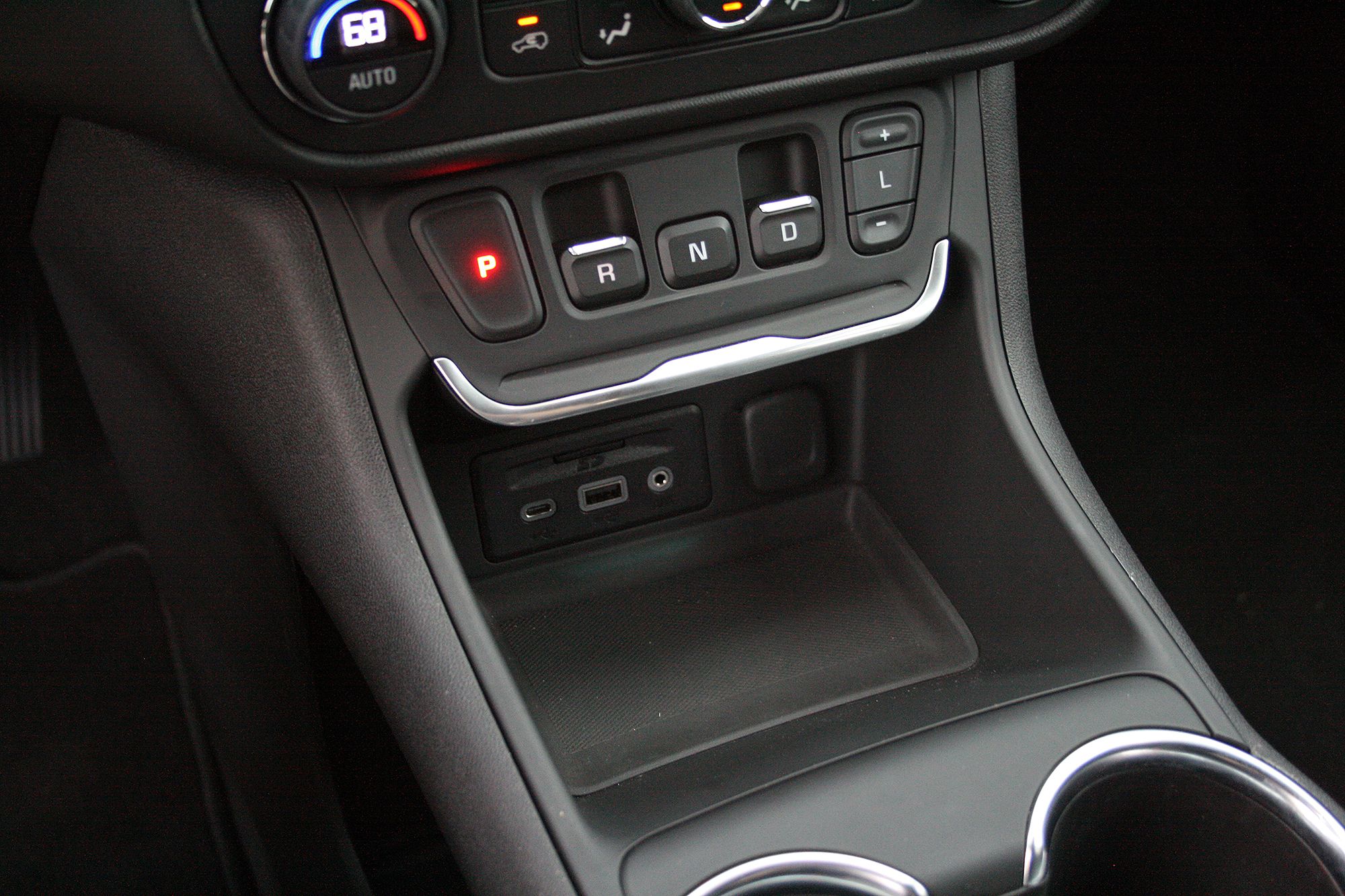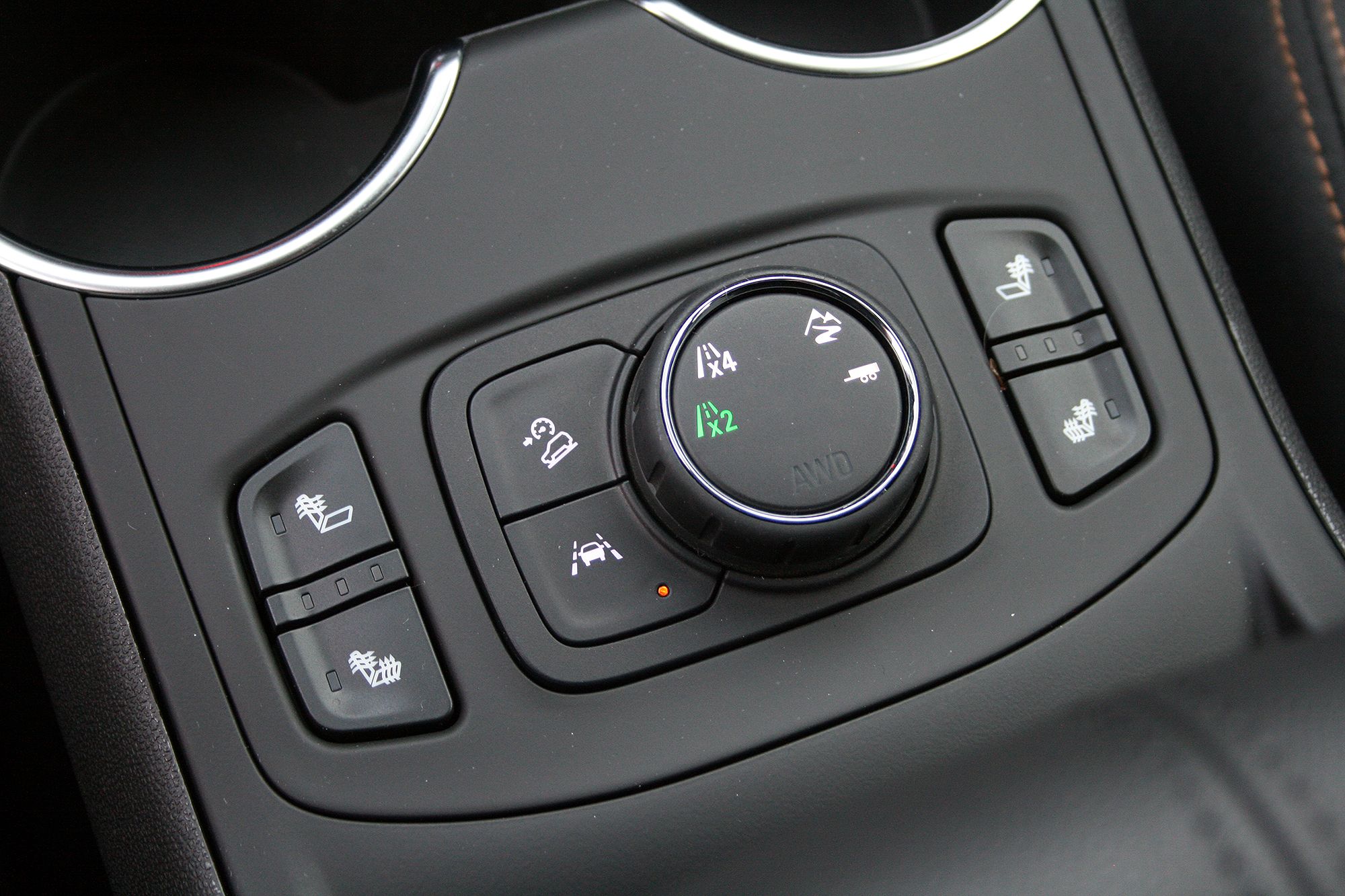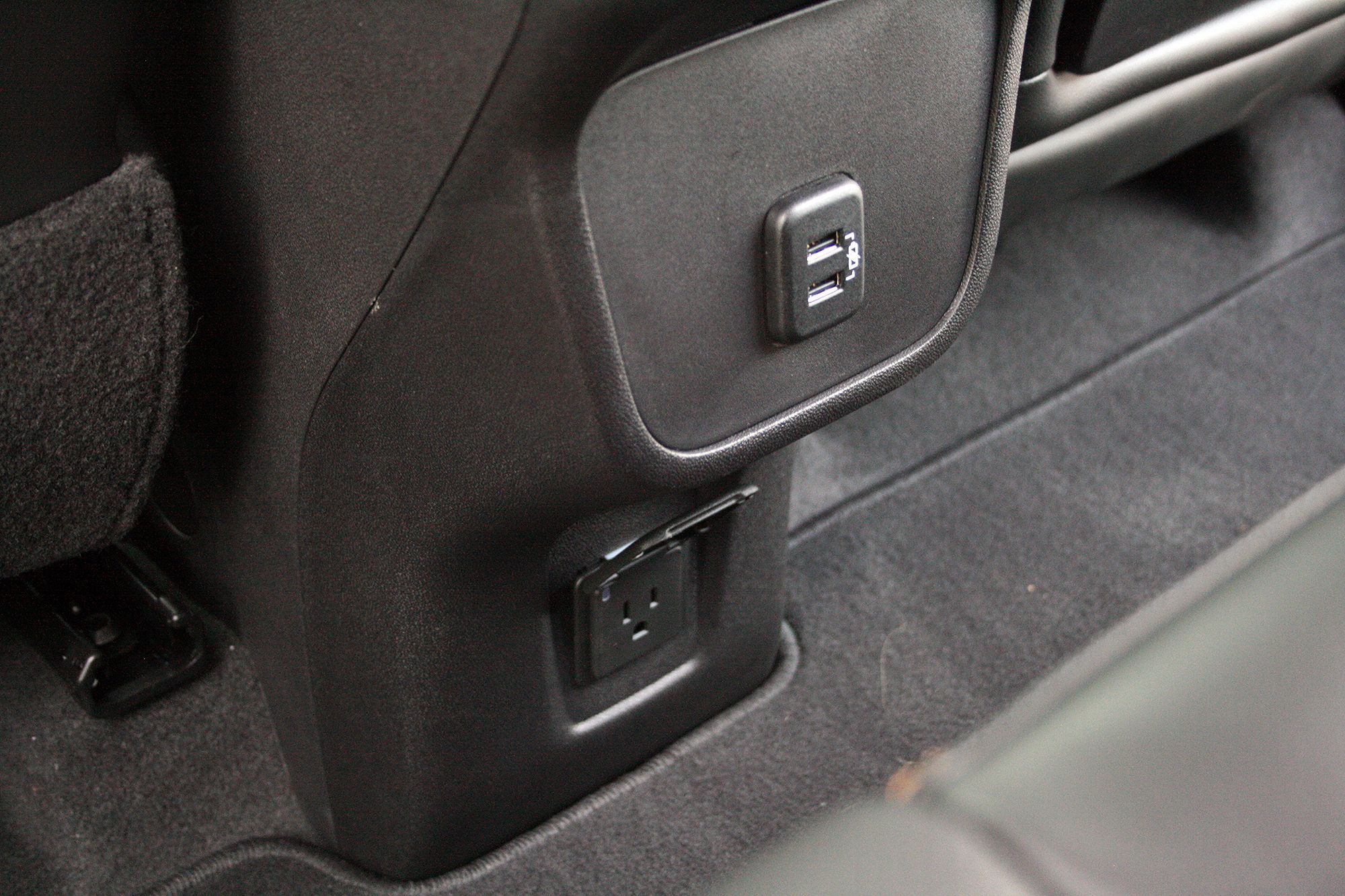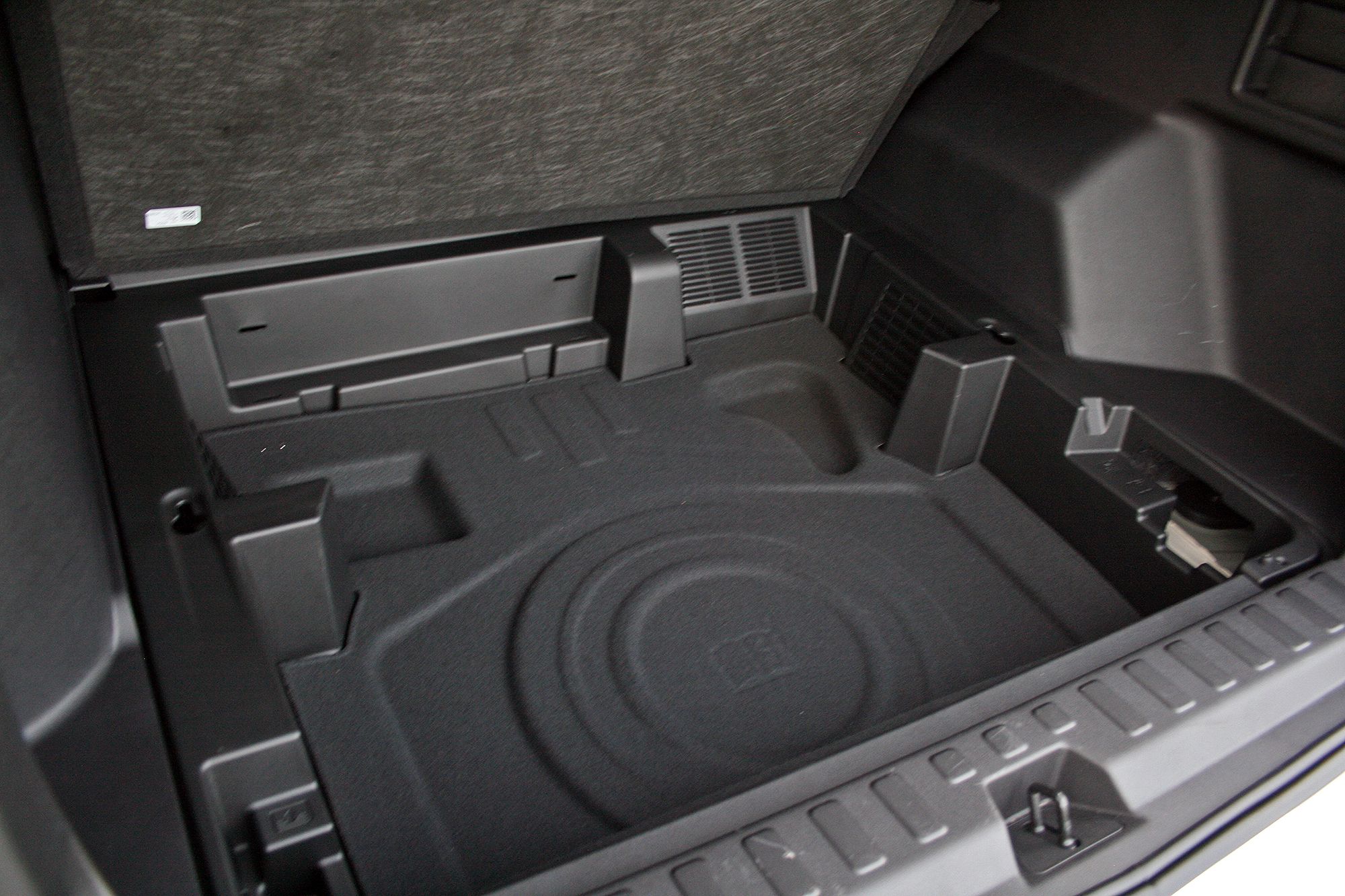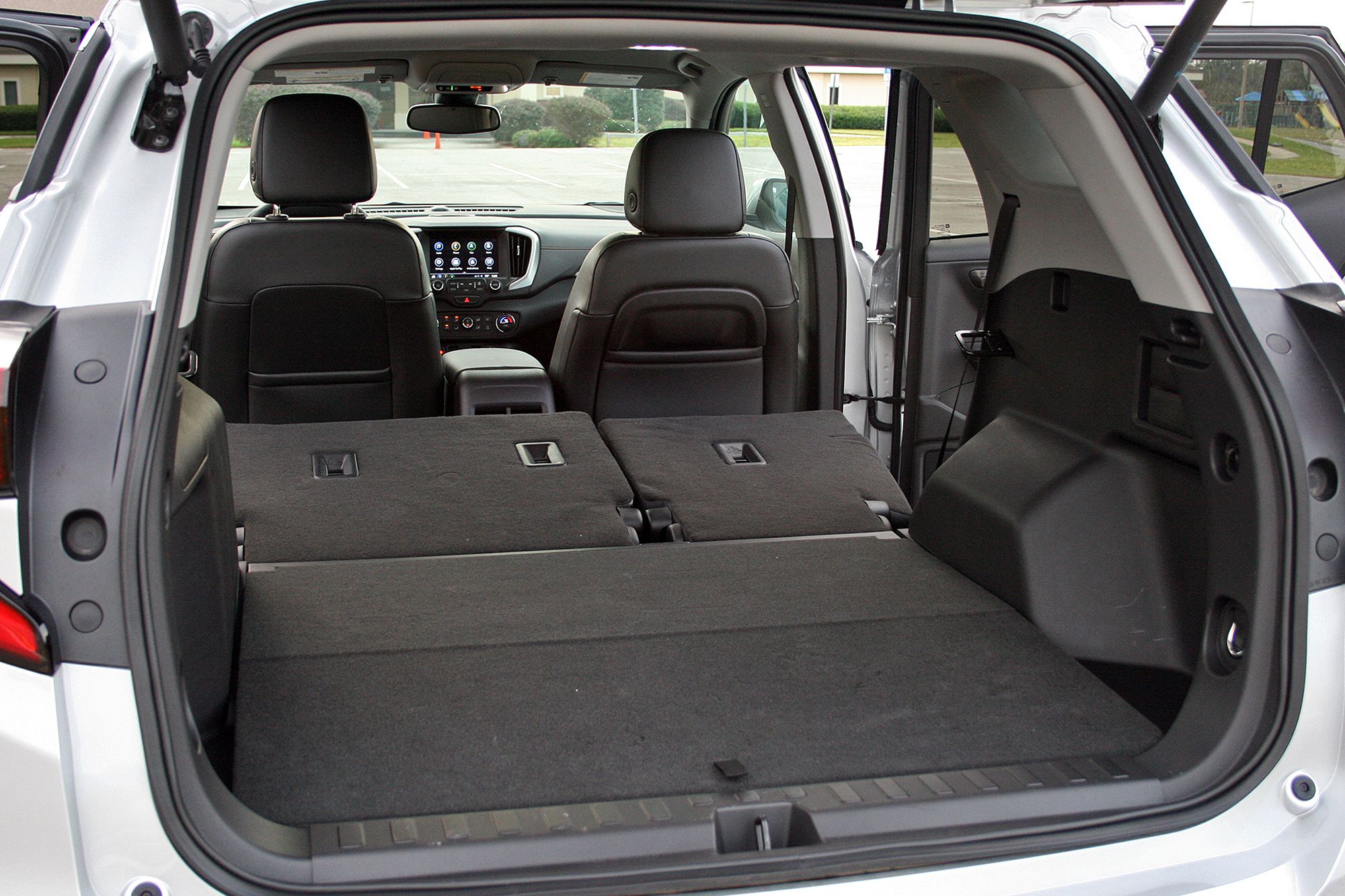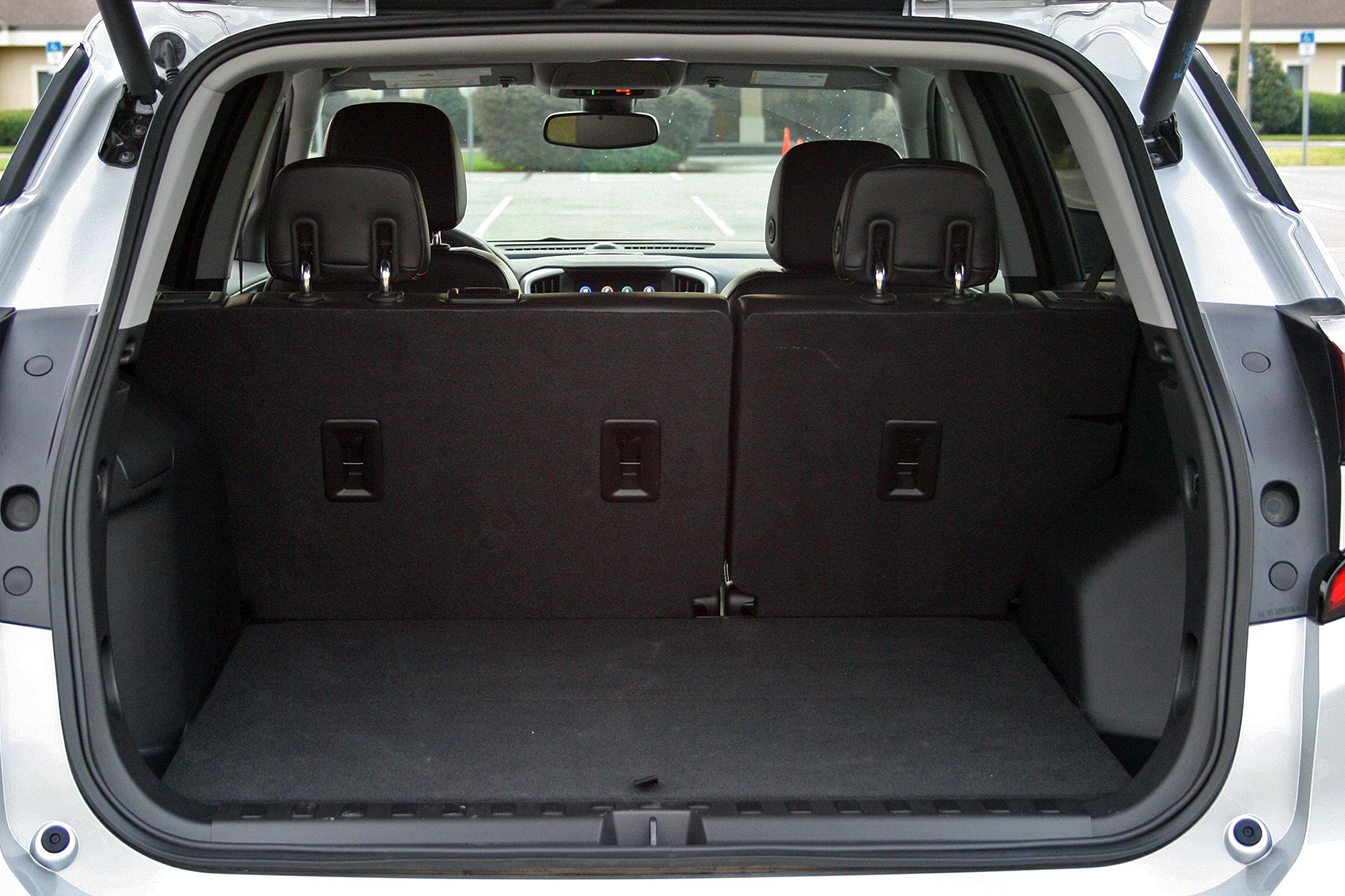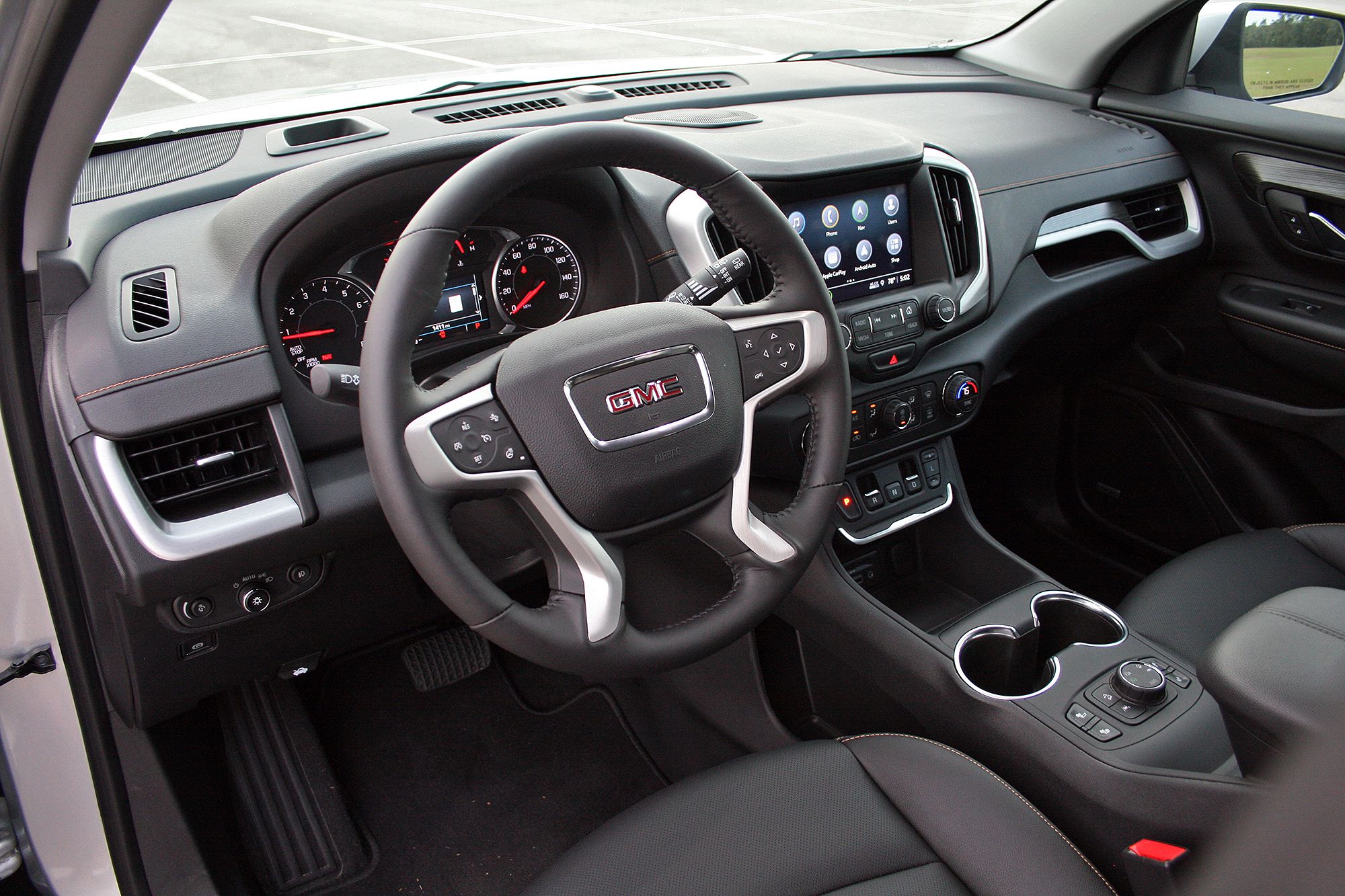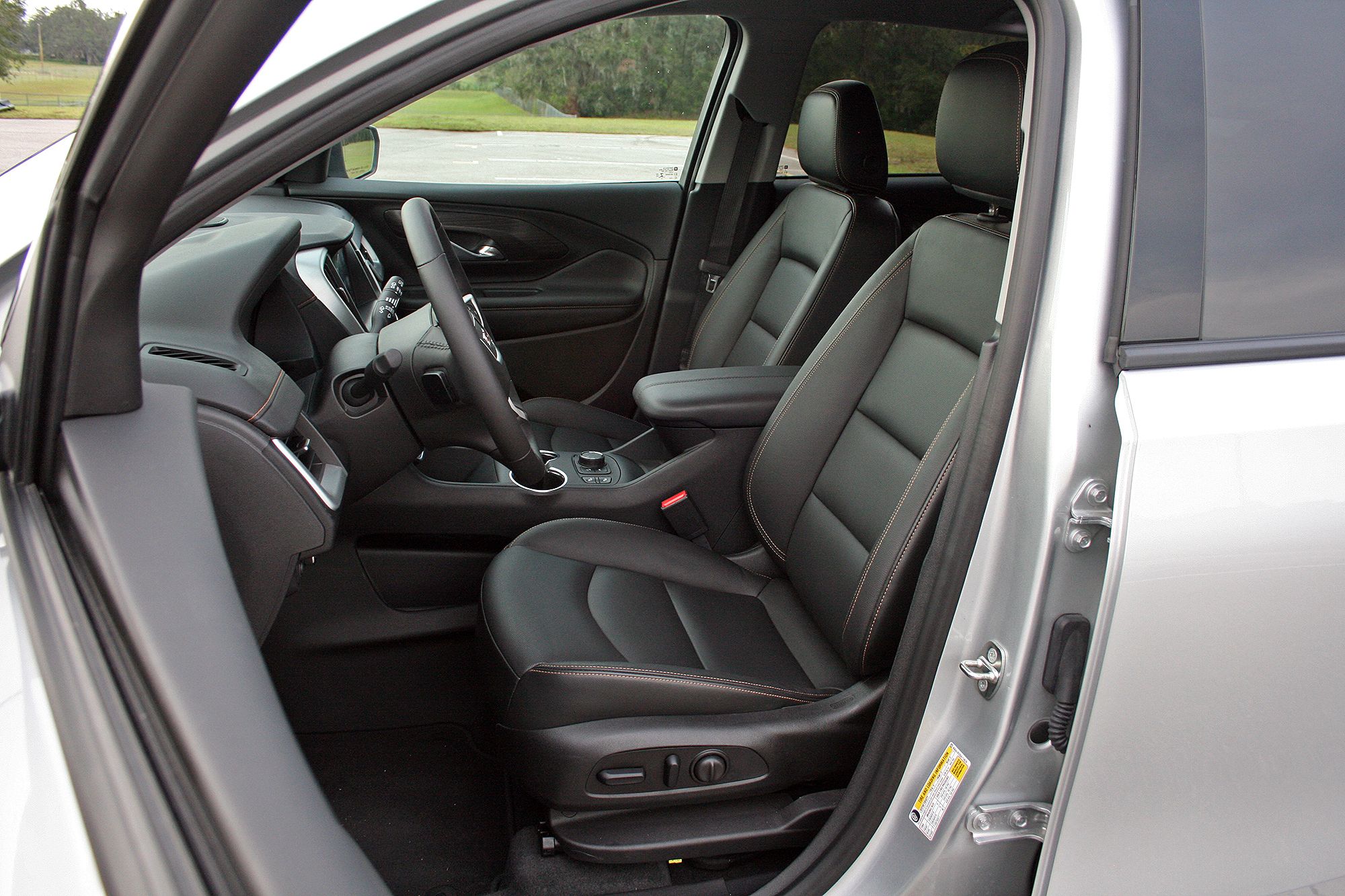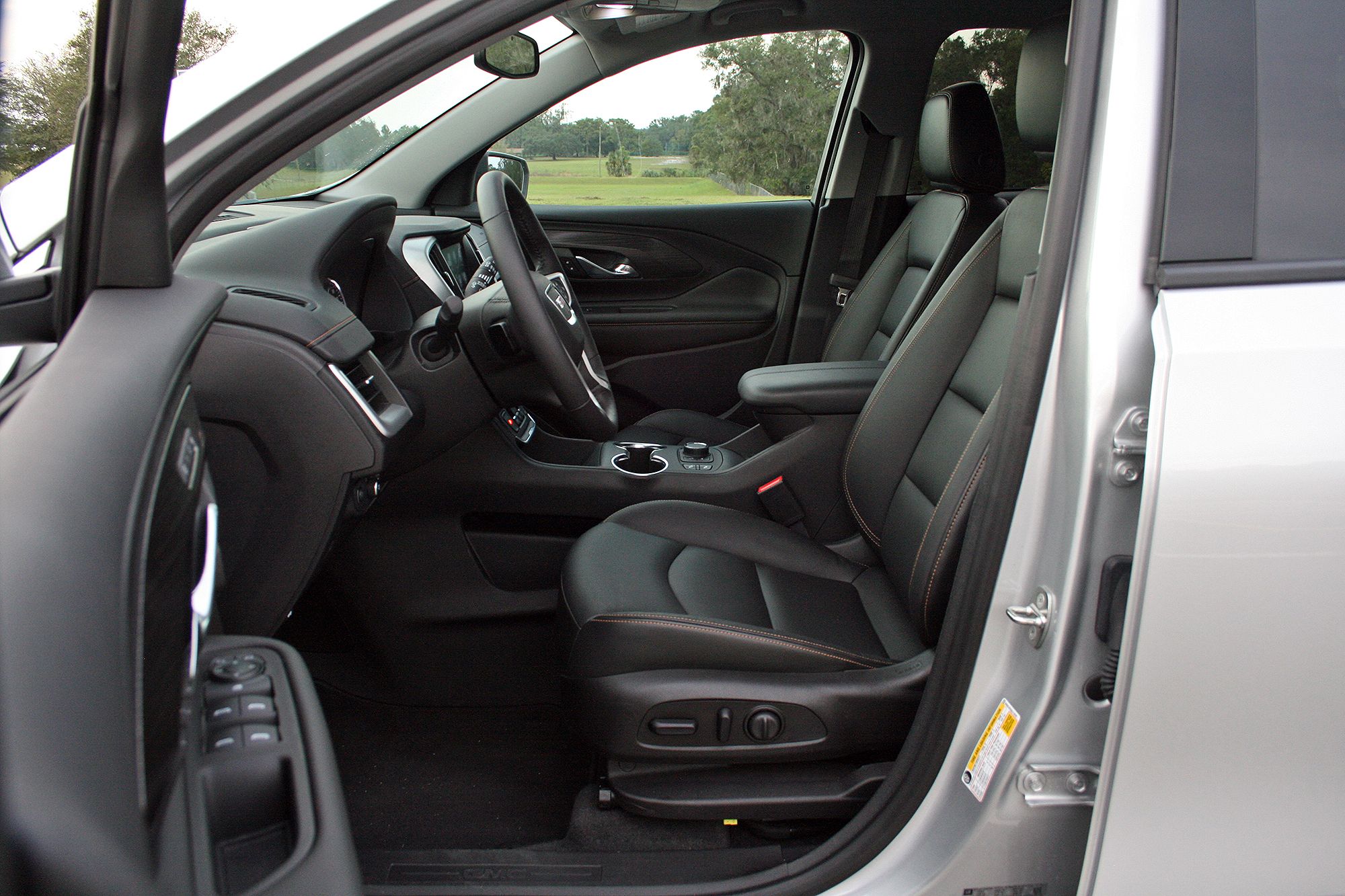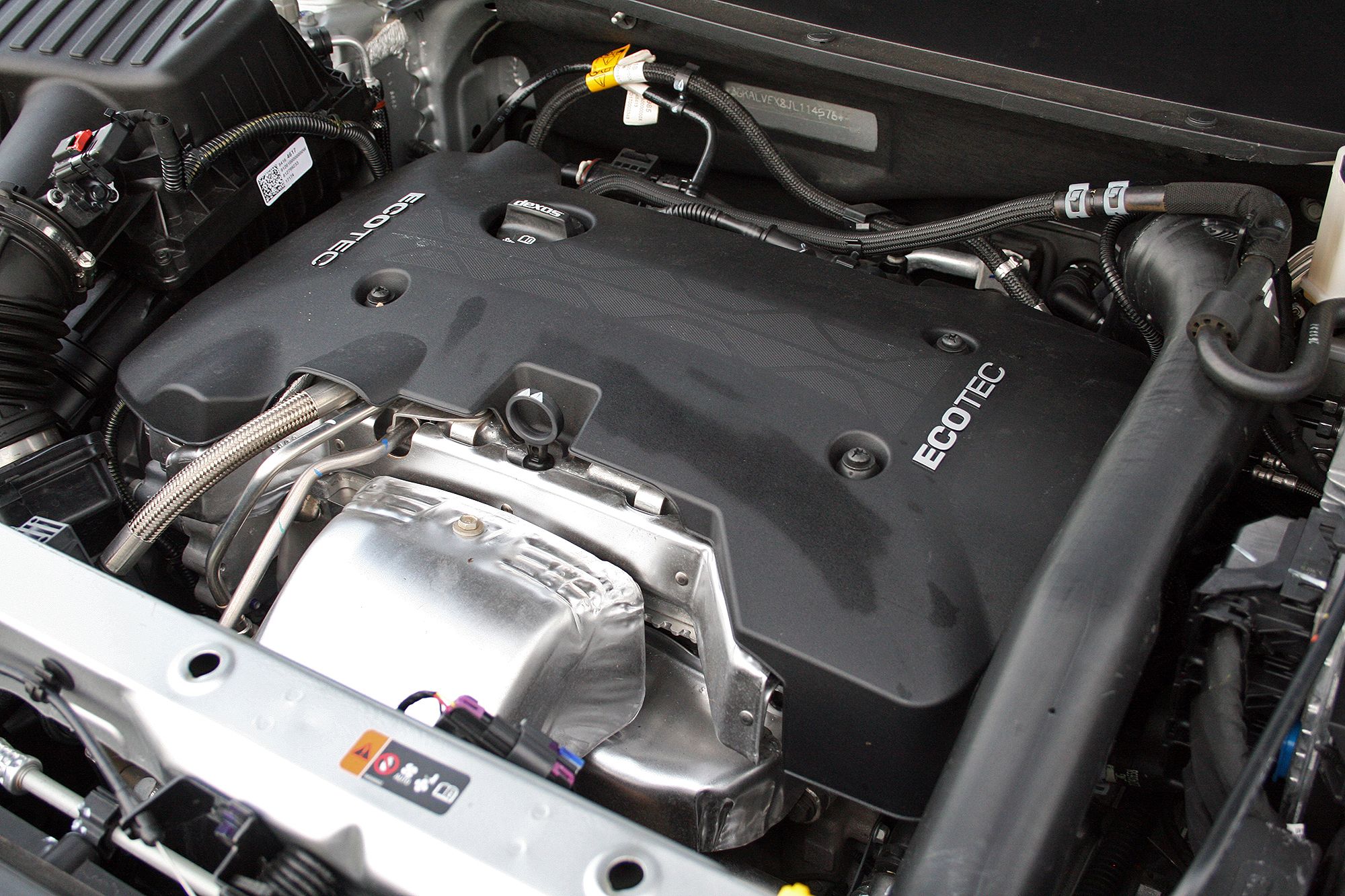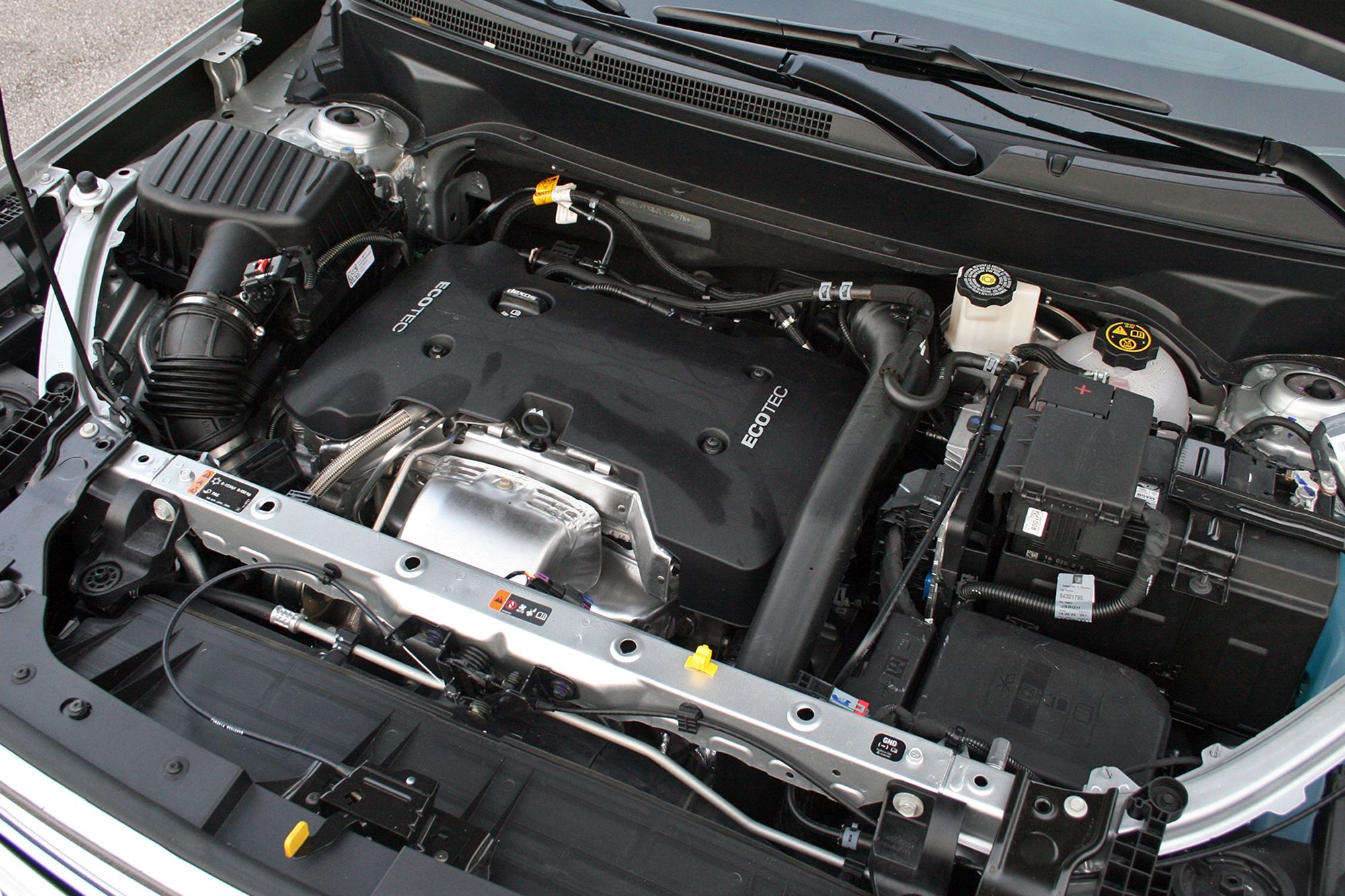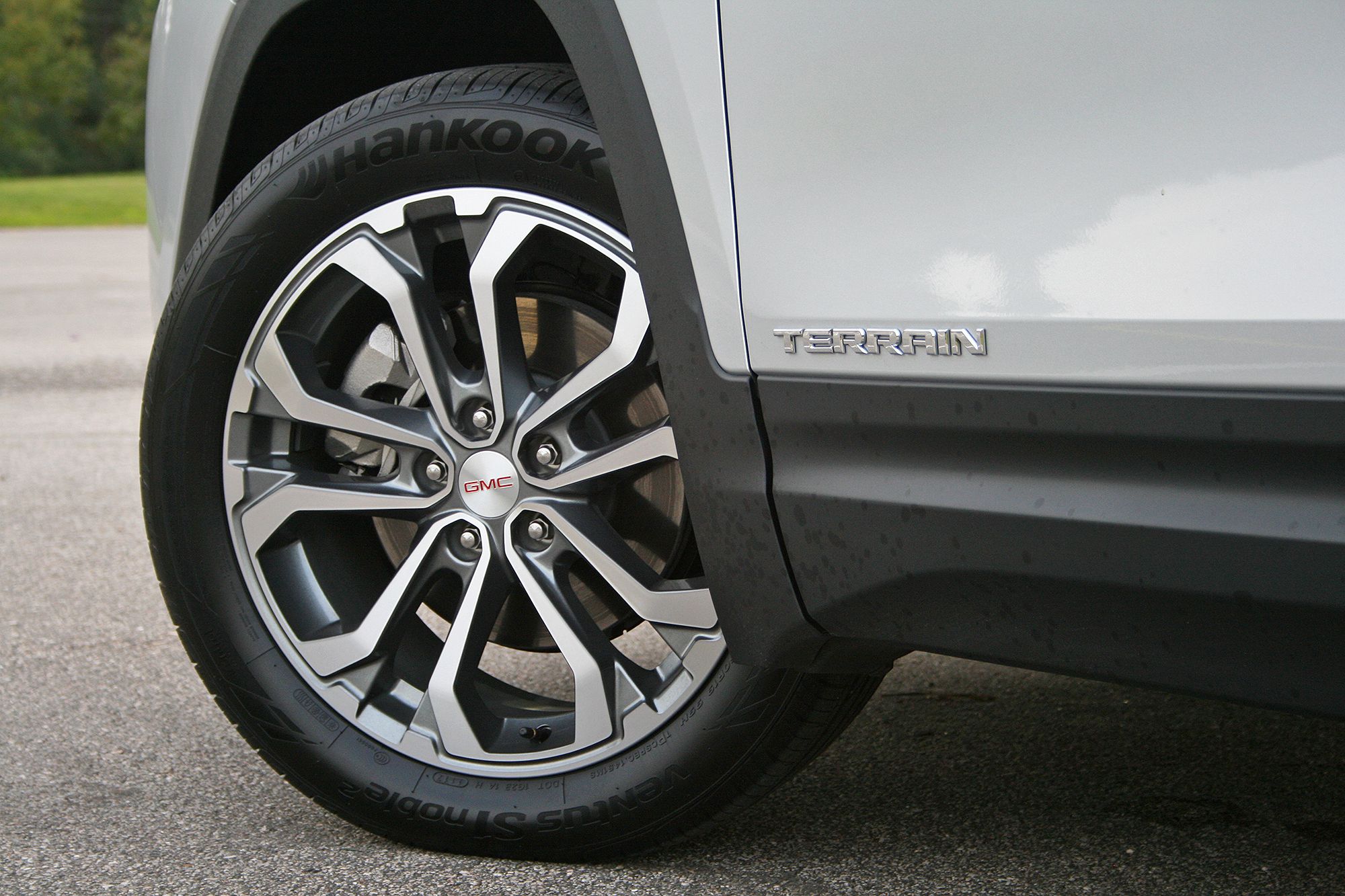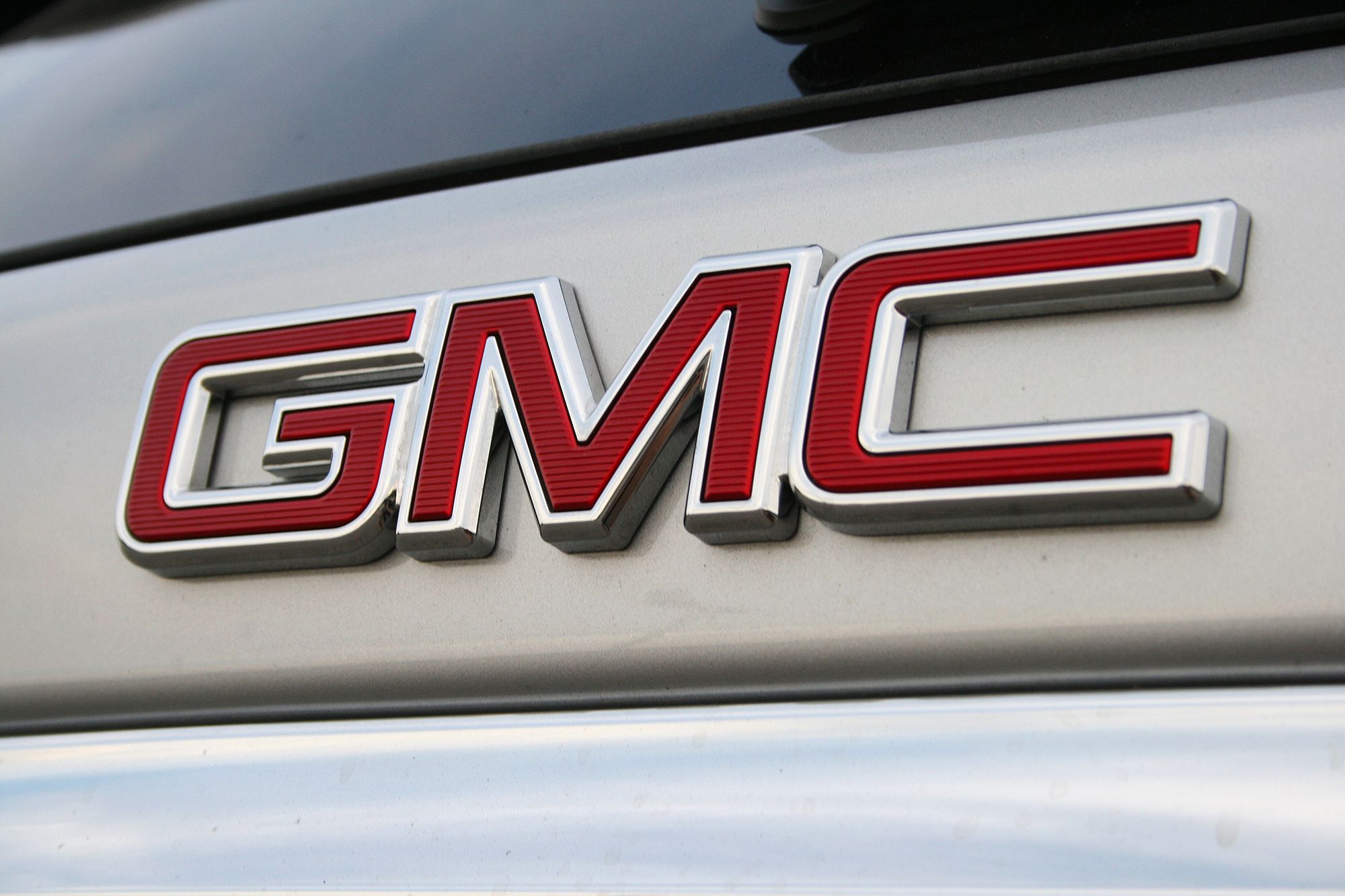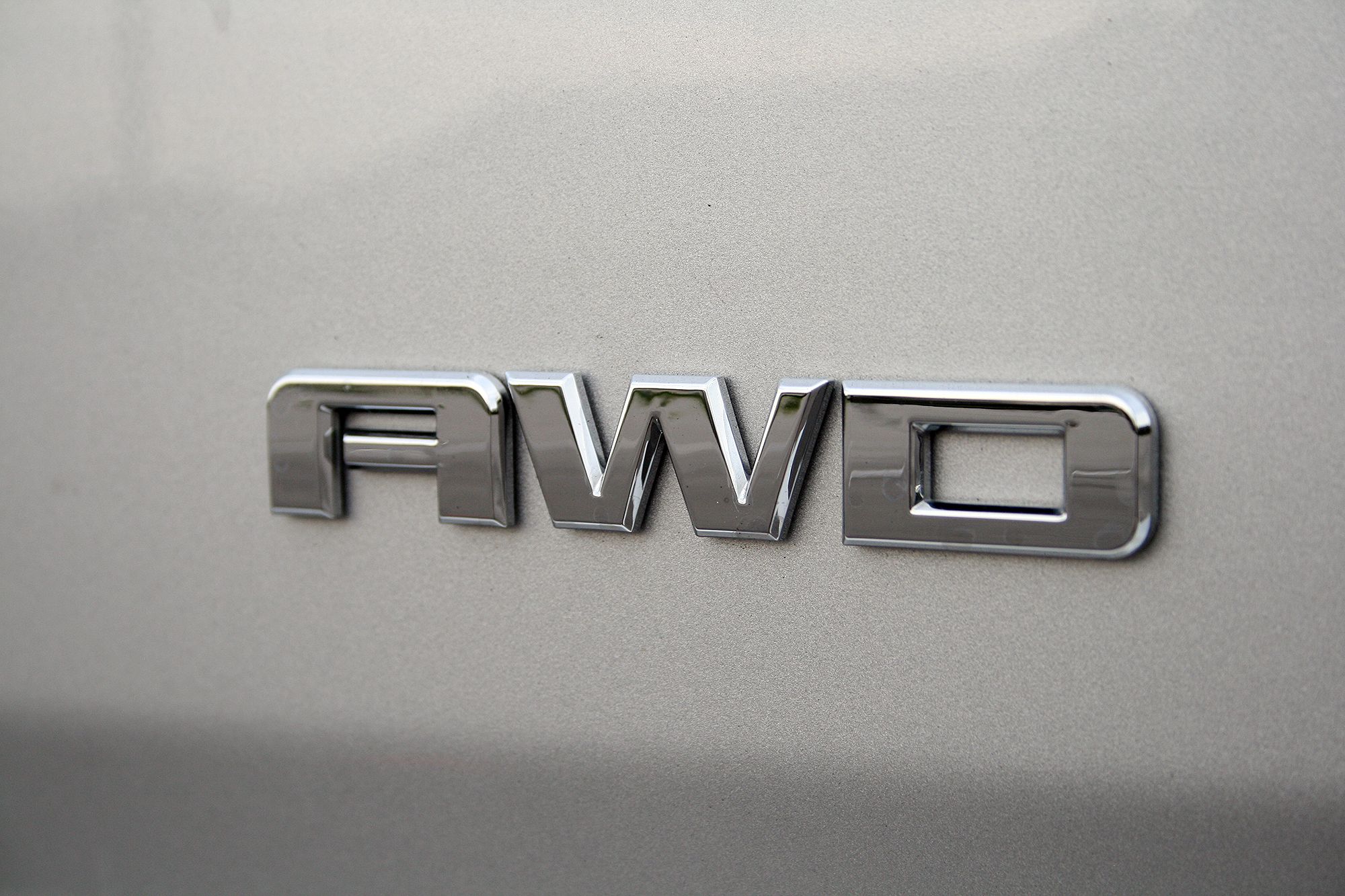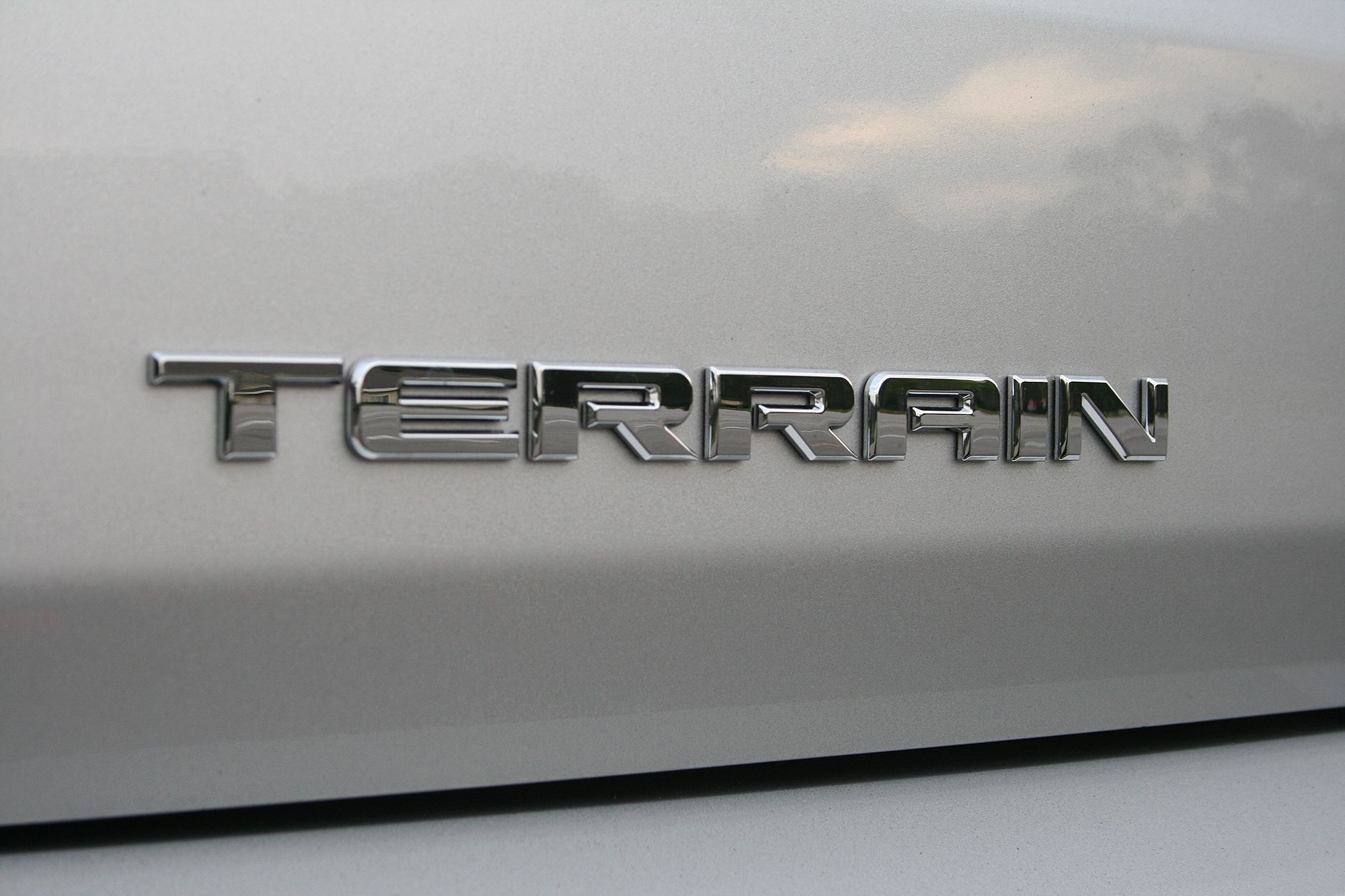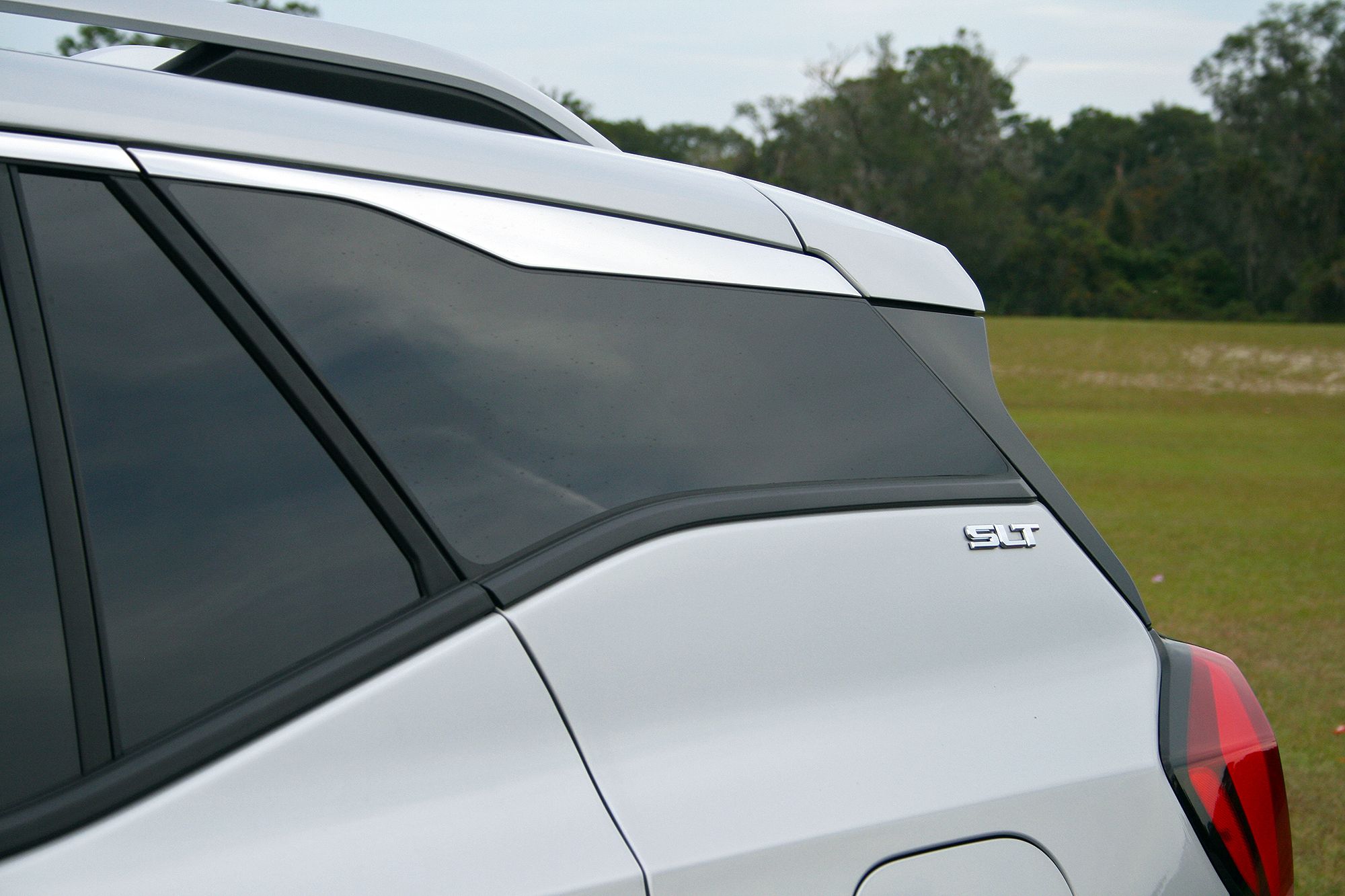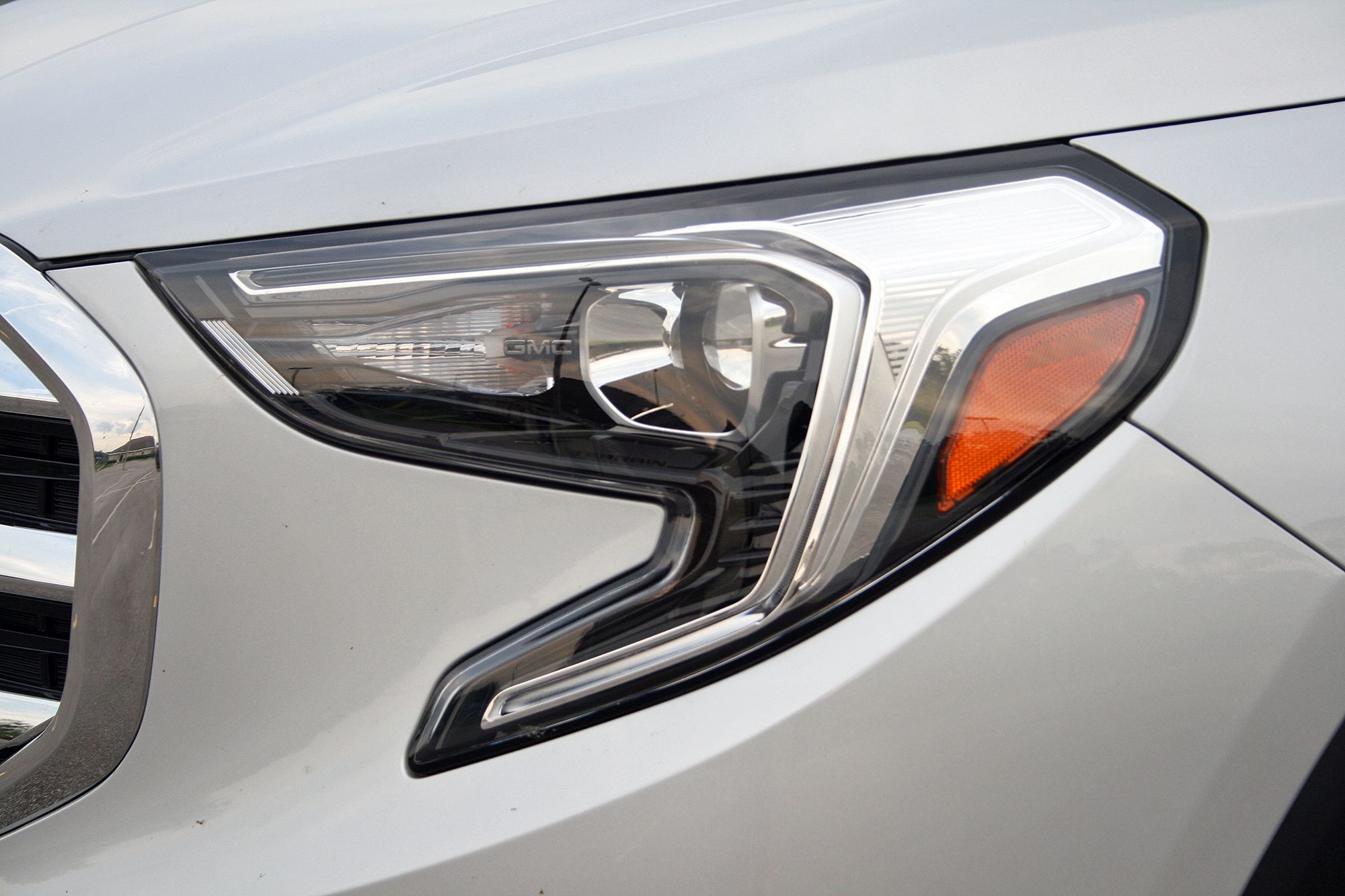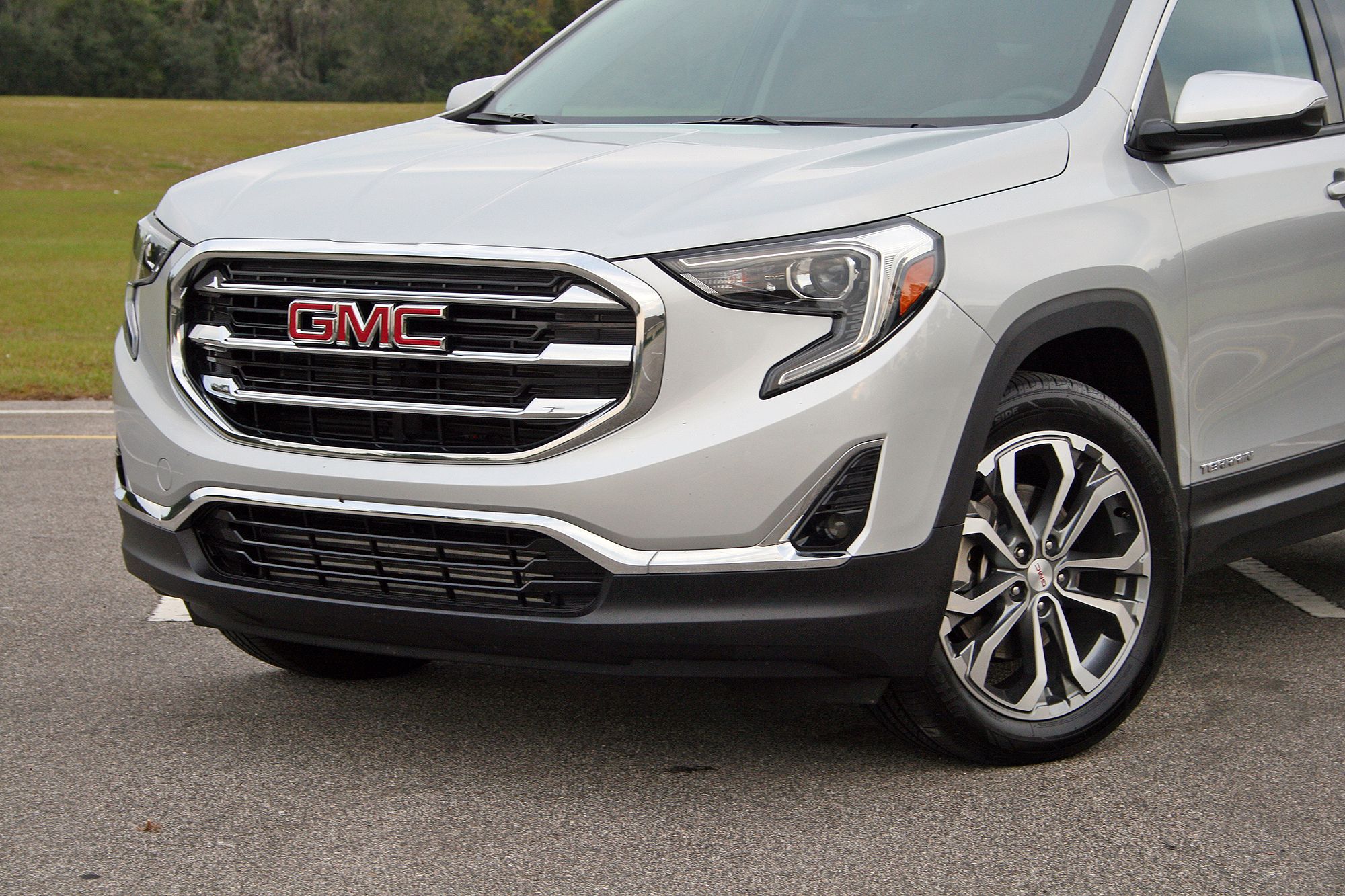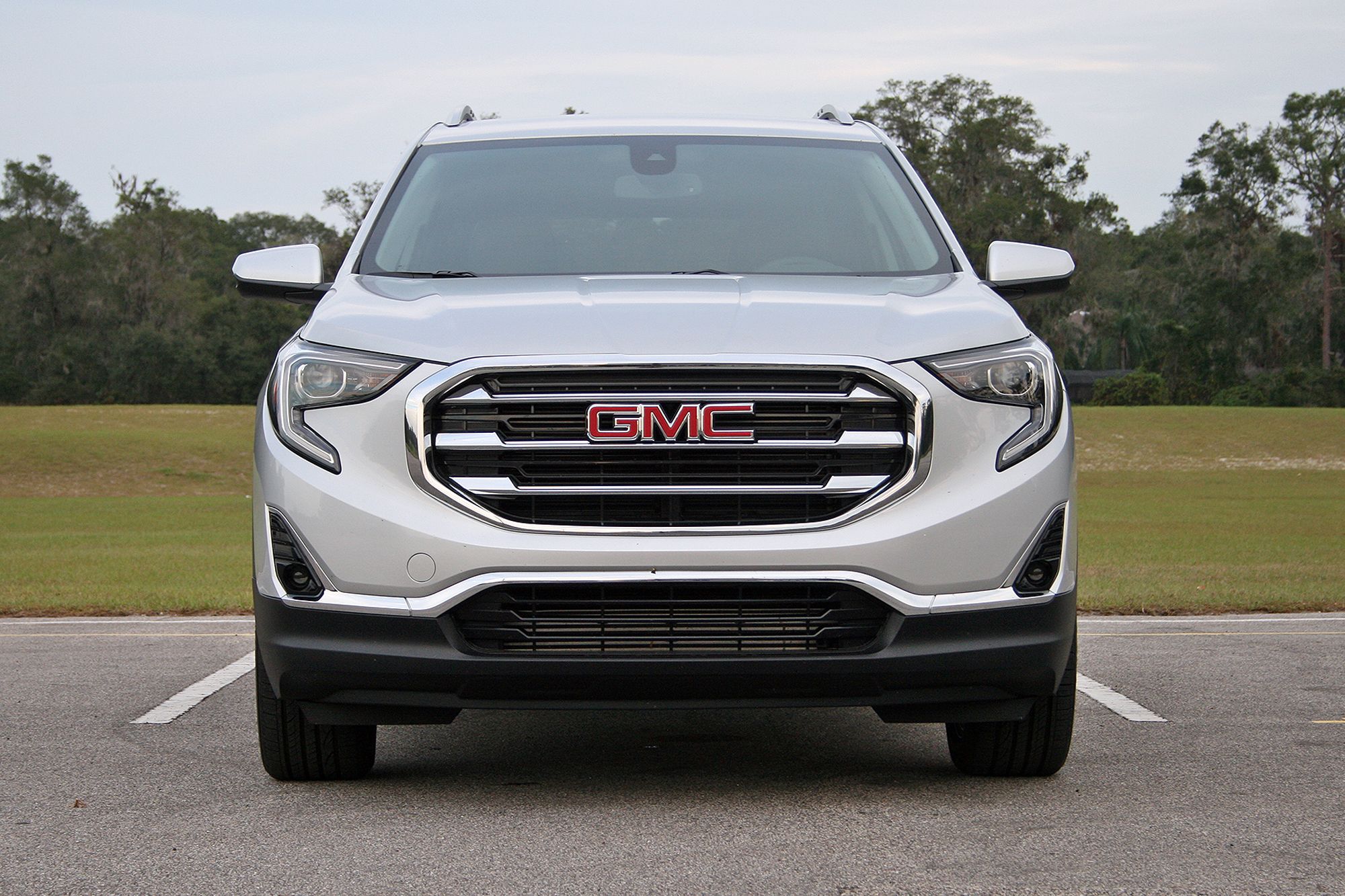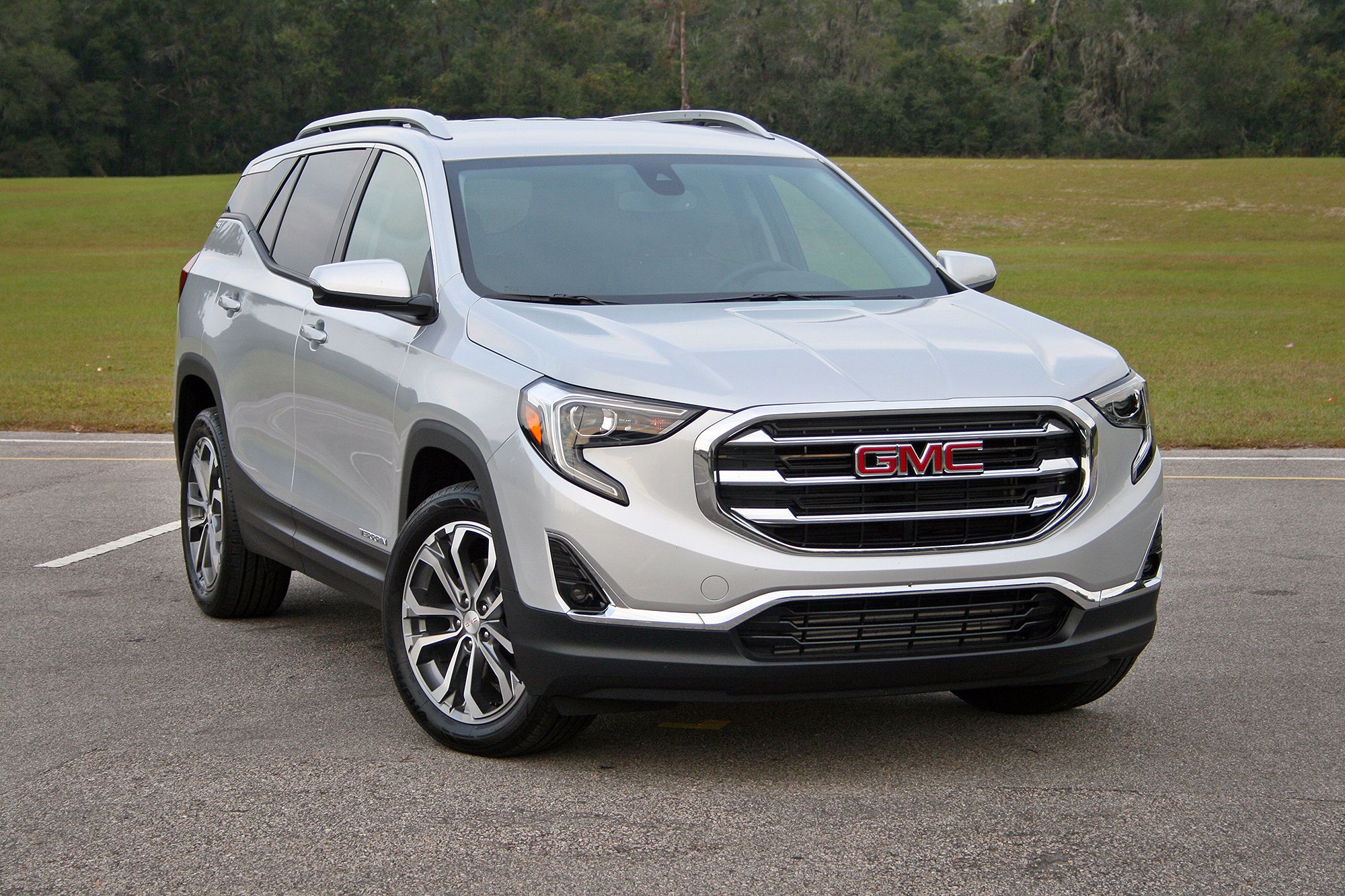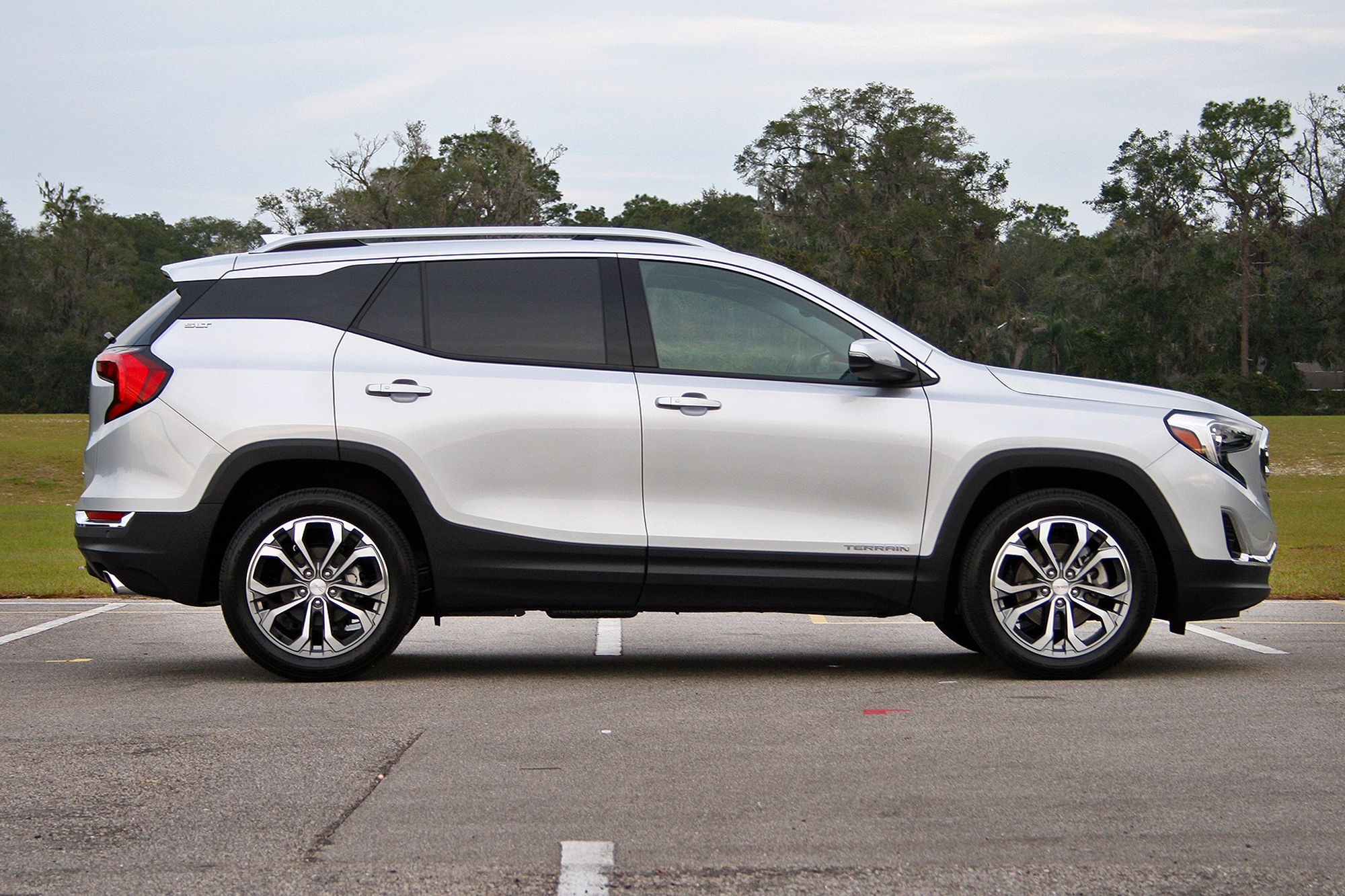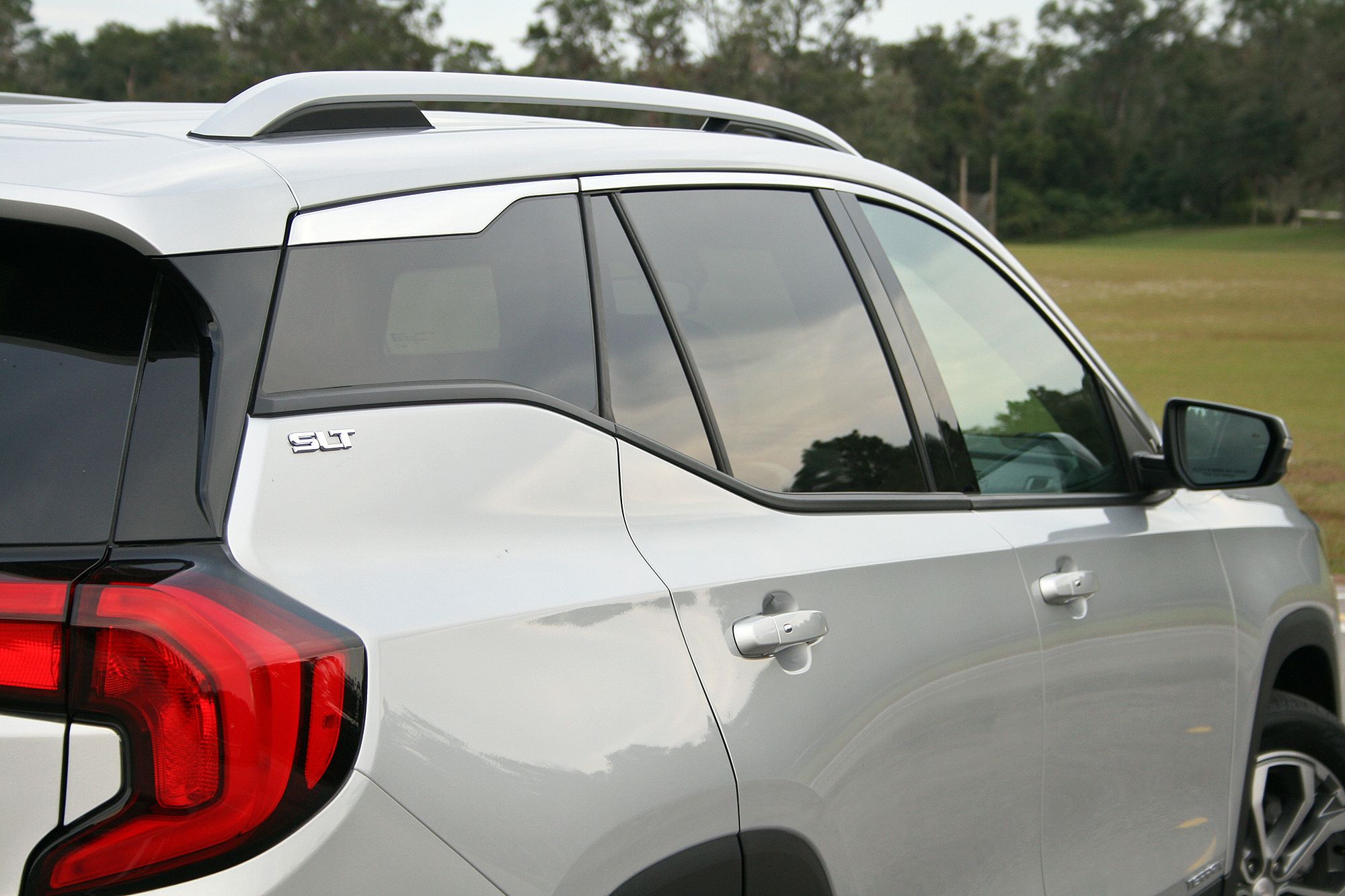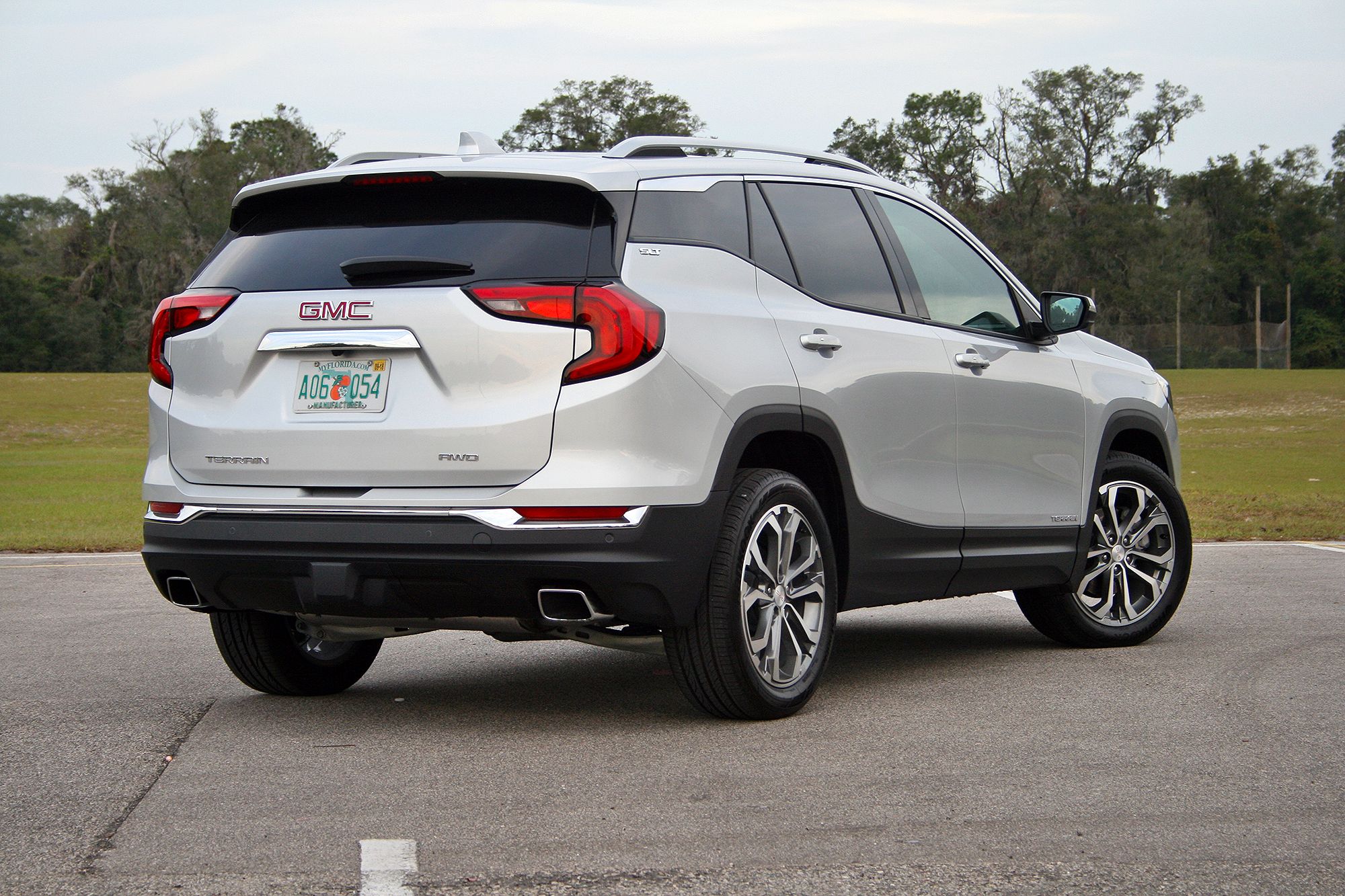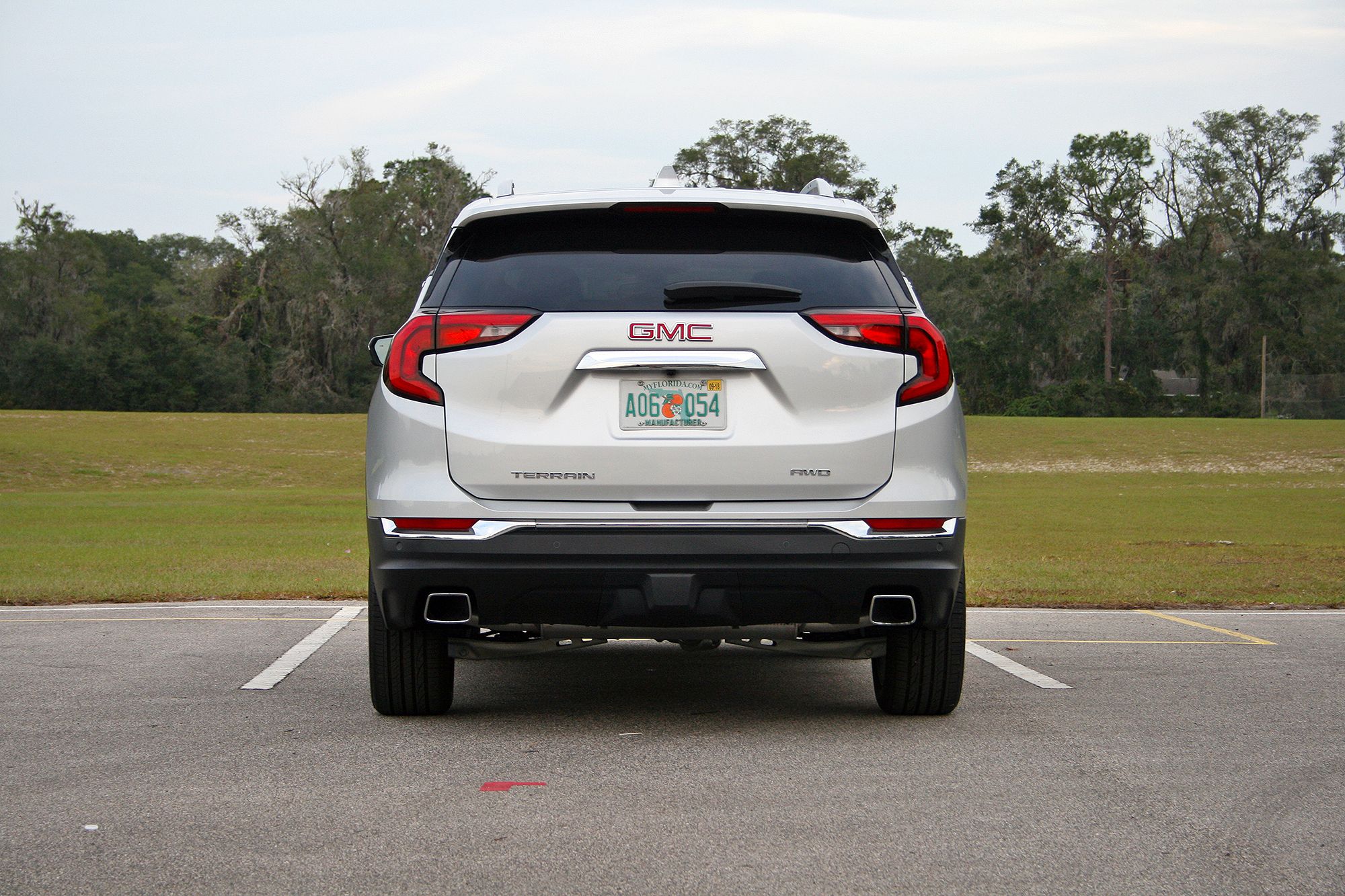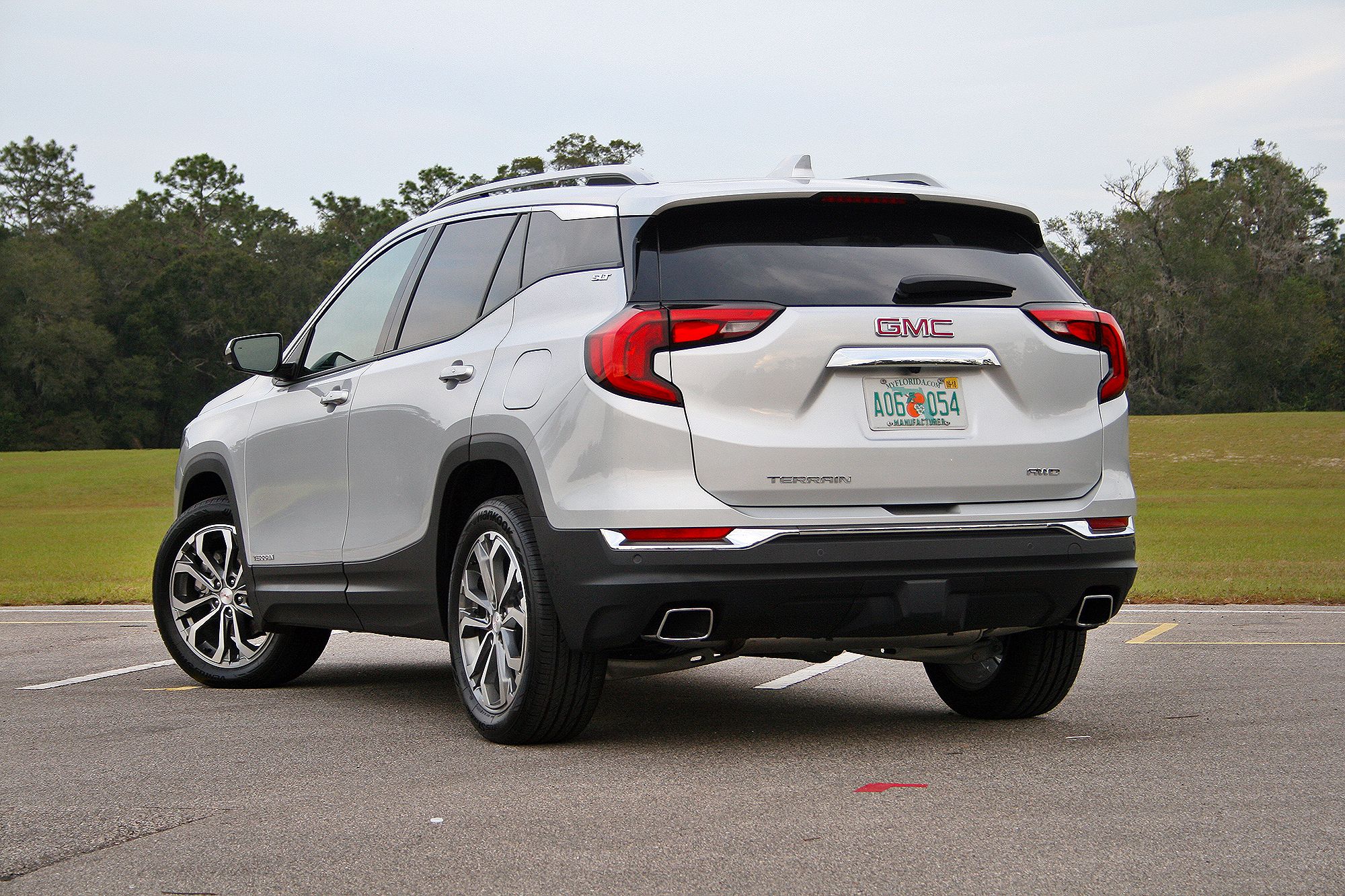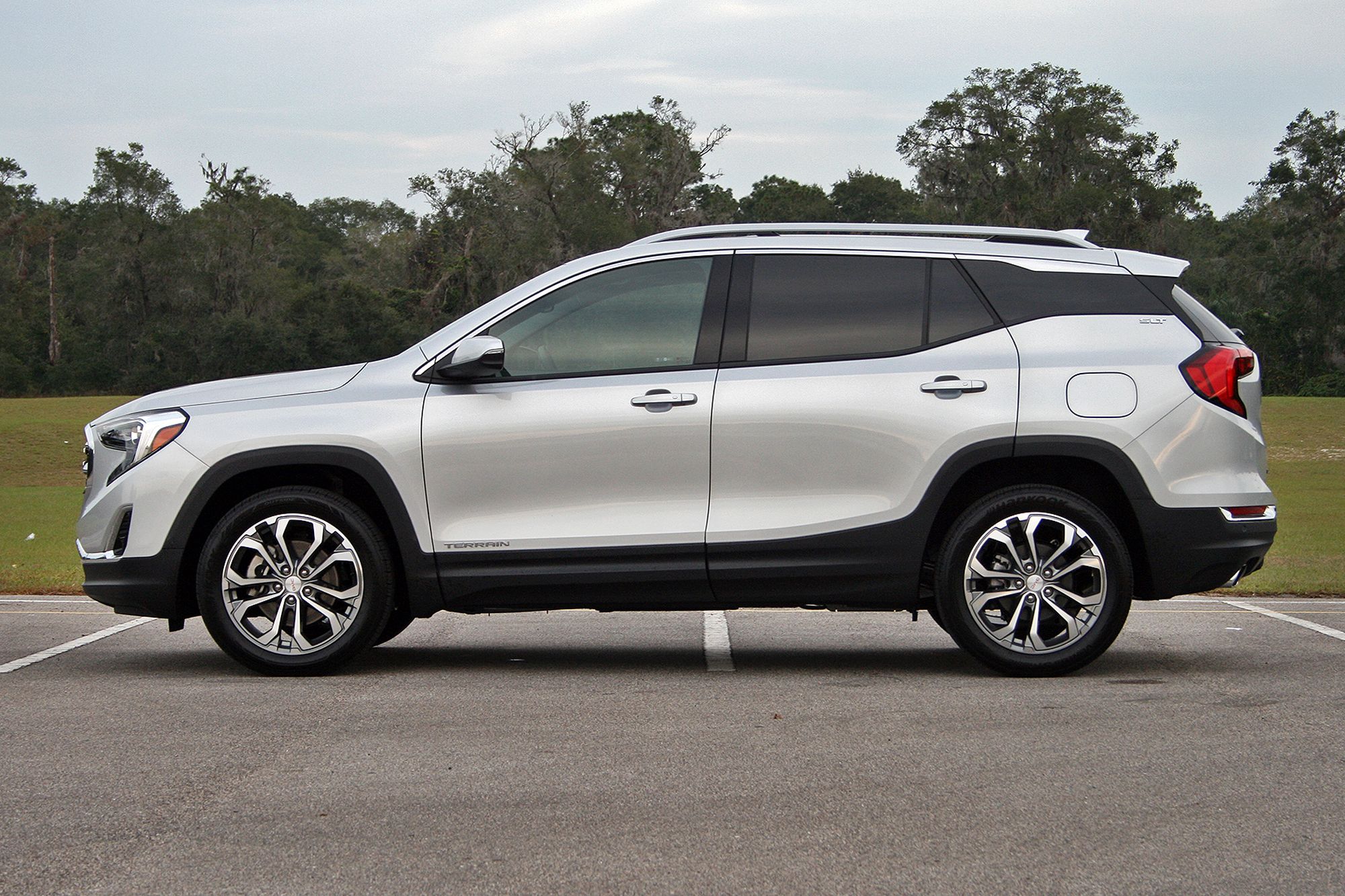Crossovers are all the rage these days, and that trend doesn’t look to be subsiding anytime soon. Automakers have to be on their A-game in this category – especially in the two-row mid-size category. It seems everybody and their grandma is trading their sedans for these high-riding wagons. As such, GMC has completely revamped its contender in the class, the Terrain. In fact, it’s all new for 2018, sharing no parts with the first generation model.
I recently spent a week living with this new second-generation family hauler. From shuttling the kiddo to and from school and bringing home the groceries to taking the wife on a hot date – the 2018 Terrain proved willing and able. My SLT tester slots above the SL and SLE trims, so it comes with plenty of standard features. It also slots under the swanky Denali trim, so it’s not completely loaded out. It seems the SLT trim makes a great middle ground, especially considering its $32,315 starting price. Naturally, GMC didn’t loan me an options-free model, so I had the opportunity to try the Terrain’s more upscale features. Here’s how it went.
Continue reading for more on the 2018 GMC Terrain.
2018 GMC Terrain – Driven
- Make: Array
- Model: 2018 GMC Terrain – Driven
- Engine/Motor: inline-4
- Horsepower: 252 @ 5500
- Torque: 260 @ 2500
- Transmission: Nine Speed Automatic
- [do not use] Vehicle Model: Array
Video Overview
Exterior
The 2018 GMC Terrain is a funky-looking crossover, but it’s certainly not ugly. It’s just different enough to stand out from the crowded segment. The six-sided grille, C-shaped LED daytime running lights, and interesting D-pillar design all give it a unique flare not seen many other places. Helping solidify its place as a go-anywhere crossover, the Terrain uses black cladding along the lower edges and around the wheel arches as a tough-guy front. Don’t let it fool you though – the Terrain doesn’t ride like Wrangler. Still, it’s part-time AWD system (yes, part-time AWD) will take it more places than most owners dare tread.
Around back, the Terrain’s tough-guy routine reappears in the sculpted, muscular taillights and liftgate. Dual, chrome-tipped exhaust outlets come with the mid-level engine, the 2.0-liter turbocharged gasoline four-cylinder. There’s also an optional towing package that brings a two-inch receiver hitch and seven-pin wiring connector hidden behind the bumper’s removable black panel. My tester came with handsome, 19-inch alloy wheels. The painted pockets and machined faces look really sharp against the Terrain’s flanks.
Exterior Dimensions
|
Wheelbase (Inches) |
107.3 |
|
Overall Length (Inches) |
182.3 |
|
Overall Width (Inches) |
72.4 |
|
Overall Height (Inches) |
65.4 |
|
Track (Inches) front/rear |
62.3/62.5 |
Interior
Like the rest of the 2018 Terrain, its interior is completely new – though familiar at the same time. The switchgear, IntelliLink infotainment system, HVAC controls, steering wheel, and even the gauges look just like what’s found in other GMC and General Motors vehicles with little variation. Still, GMC deserves some credit for putting the pieces in the places. Ergonomics are extremely good and my five-foot, six-inch frame was able to get comfortable behind the wheel. Thank the eight-way power driver’s seat and manually adjustable tilt and telescoping steering column for that.
The biggest unknown going into my experience with the 2018 Terrain was the push-button gearshift. At its debut, I dogged GMC for the shifter design saying it was a gimmick and a lawsuit waiting to happen. Thankfully I’ve been proven wrong. After about three uses, it becomes second nature. Push the P for park, pull the R for reverse, push the N for neutral, and pull the D for drive. It’s not hard. The L stands for low gear, but it should really be labeled M for manual mode. The +/- buttons manually shift through the gears, though don’t expect sport car-like response from the nine-speed automatic. But more on that latter.
The back seats offer just as much comfort and room. The seatbacks are nicely reclined and there’s plenty of room for two adults to stretch out. Out folding center armrest offers space for drinks and door pockets hold more stuff. There are rear HVAC vents, two USB ports, and a 110-volt household plug for charging stuff.
When it comes time to haul cargo rather than people, the 60/40-split bench folds flat for 63.3 cubic feet of room. Even with the seats up, the Terrain’s cargo area holds 29.6 cubic feet.
Other handy features include two USB ports in the front center console, cup holders that fit two big-gulp cups without them touching, and a large storage compartment below the center armrest. There’s even a little shelf in the dash for small items. All told, the interior is insanely practical and well laid-out.
Interior Dimensions
|
Headroom front/rear (Inches) |
40.0/38.5 |
|
Legroom (Inches) |
40.9/39.7 |
|
Max Cargo Volume (behind rear seat) (cu. ft.) |
29.6 |
|
Max Cargo Volume (rear seat folded) (cu. ft.) |
63.3 |
|
Max Cargo Volume (front pass. seat and rear seat folded) (cu. ft.) |
81 |
Drivetrain
While the 2018 Terrain comes standard with a 1.5-liter turbo-four and offers the fuel-sipping 1.6-liter turbodiesel as an option, my tester came with the mid-grade 2.0-liter turbo-four. This all-aluminum inline-four has dual overhead cams with variable valve timing. It’s also got direct fuel injection and an Auto Start/Stop system. On premium fuel, it makes 252 horsepower and 260 pound-feet of torque. While that might not sound like much, especially considering the AWD Terrain’s 3,756-pound curb weight.
Much of the 2.0-liter’s pep can be attributed to the standard nine-speed automatic transmission. That’s a lot of gears, but the operation fades into the background while driving. About the only noticeable attribute is low revs in just about every situation. Even 75 mph on the interstate sees the 2.0-liter turning just over 1,500 rpm. It’s awesome. But for quicker sprints, the nine-speed gladly holds gears and allows the turbocharged engine to explore its upper register.
The Terrain’s dash-mounted push-button shifter does offer a manual mode for do-it-yourself shifting, though in practice, the small -/+ buttons are inconveniently placed and kill any sporty wishes you have. The manual control does work fine for engine braking down a hill. With the 2.0-liter and AWD, my tester is rated to pull 3,500 pounds on its receiver hitch. That’s average for a crossover its size.
The most interesting drivetrain component is unquestionably the part-time AWD system. A rotary dial on the center console controls its operation, with the driver choosing between FWD, AWD, and an off-road mode. In FWD mode, the system disconnects the rear driveshaft from the PTO at the transmission. That means none of the rearward drivetrain components are turning, reducing the amount of parasitic loss. Regardless of how little traction the front tires have or how much they spin, the rear wheels won’t engage. Switch over to the AWD setting, and the rear driveshaft receives power and turns the rear differential. In off-road mode, the system works harder to keep the Terrain moving forward despite the extra wheelspin that’s likely to occur.
The EPA rates the 2018 Terrain 2.0 AWD at 21 mpg city, 26 mpg highway, and 23 mpg combined. That’s really not terrible for such a vehicle. I managed to average right at 23 mpg combined over a week of mixed driving on level ground, though with the AWD mode locked in about half the time and a heavy right foot the other half. GMC does recommend premium fuel for the 2.0-liter, but regular can be used in a pinch.
Drivetrain Specifications
|
Engine |
1.5L turbo DOHC DI VVT |
2.0L turbo DOHC DI VVT |
1.6L turbo-diesel DOHC |
|
Horsepower |
170 HP @ 5,600 RPM |
252 HP @ 5,500 RPM |
137 HP @ 3,750 RPM |
|
Torque |
203 LB-FT @ 2,000-4,000 RPM |
260 LB-FT @ 2,500-4,500 RPM |
240 LB-FT @ 2,000 RPM |
|
Transmission |
Hydra-Matic 9T45 nine-speed automatic |
Hydra-Matic 9T50 nine-speed automatic |
Hydra-Matic 6T45 six-speed automatic |
|
Base curb weight (Lbs) |
3,449 |
3,563 |
3,632 |
|
Fuel economy city/highway |
26/30 |
22/28 |
28/39 |
Behind the Wheel
Honestly, the 2018 Terrain is surprisingly rewarding to drive – not in the Jaguar F-Type SVT or Mazda MX-5 Miata ways, but that it drives so smoothly and with zero shudder from the chassis. The Terrain just feels solid. Even the electronic steering feels decent. After a quick, 30-mile blast down the interstate as my first introduction to the Terrain, I felt immediately at home behind the wheel. The throttle and braking inputs are easy to modulate, the 2.0-liter responds predictably and with surprising power, and the good outward visibility inspires confidence in making lane changes.
Road noise is mostly kept quiet and wind noise is nonexistent. Add in toasty heated front seats, a heated steering wheel, Apple CarPlay, and SiriusXM, and the Terrain proves itself to be a great highway cruiser.
Pricing
The 2018 Terrain start at $25,990 for the rental-fleet SL grade. It comes with the 1.5-liter and FWD as standard and the number of options and upgrade packages are slim. Things get better with the mid-grade SLE trim, which starts at $28,815. The SLT brings even more features for $32,315. My tester is an SLT but is equipped with $6,505 worth of options.
My tester includes the $1,895 2.0-liter engine upgrade, the $1,250 Preferred Package which brings some welcomed luxury items, the $1,180 Infotainment Package II which adds the upgraded IntelliLink software with navigation, the $640 Driver Alert Package I and $495 Driver Alert Package II, the $450 Trailer package, and the $395 Quicksilver Metallic paint upgrade. As for those Driver alert packages, the first brings side blind zone alert with lane change alert, rear cross-traffic alert, rear park assist, and the safety alert driver’s seat. Package II adds active safety features like low-speed forward auto braking, lane keep assist with lane departure warning, forward collision alert, and the IntelliBeam headlights with automatic high beams.
Add on $975 for destination charges, and my tester totals up to $40,550.
The Competition
2018 Jeep Compass
The Jeep Compass found a new direction in 2017, getting a complete revamp from the lug nuts to roof rack. It shares nothing with the previous (and rather terrible) model. Its new looks are sharp and taut yet are unquestionably Jeep. The interior is spacious and fitted with FCA’s lovely Uconnect system. Apple CarPlay and Android Auto are optional.
Power comes from a 2.4-liter turbocharged four-cylinder with 180 horsepower and 175 pound-feet of torque. That’s a bit on the low side, making the Compass one of the slower crossovers on the market. A six-speed manual actually comes standard, but most models will get a nine-speed automatic. Despite its porky on-road attributed, the Compass is pretty good off-road, especially in the Trailhawk trim. Relatively impressive approach, breakover, and departure angles, along with good ground clearance mean the Compass Trailhawk will go where most crossovers only dream.
Pricing starts at $22,090 for the base Sport trim in FWD. Adding 4WD adds $1,500. The mid-grade Latitude in FWD starts at $25,390 and the rugged Trailhawk starts at $29,690. The range-topping Limited starts at $30,990.
Read our full review on the 2018 Jeep Compass.
Honda CR-V
For those who don’t care about off-roading, the Honda CR-V has been a proven choice since 1996. The current generation is all-new for 2017 and is blessed with Honda’s new design language, a new powertrain, and a fresh interior with some of the most room in the segment. Gobs of interior storage compartments give a place for any nick-knack and stray big-gulp drink.
Power comes from Honda’s new 1.5-liter turbocharged four-cylinder making 190 horsepower and 179 pound-feet of torque while spinning a CVT. The CR-V comes standard with FWD, but like since its inception, AWD is available. The EPA rates the AWD model at 27 mpg city, 33 mpg highway, and 29 mpg combined.
Honda keeps its pricing under controls with a starting price of $24,045 for the base CR-V and $33,695 for the range-topping Touring AWD. Nine grand isn’t a huge swing these days and $33k isn’t a bad deal for a loaded model.
Read our full review on the 2017 Honda CR-V.
Conclusion
The mid-size crossover isn’t a new concept nor is the Terrain a new nameplate, but GMC has done impressive things with the 2018 Terrain. This second-generation model is light years ahead of its predecessor and is more than a solid competitor in its segment. It offers ample room for people and their stuff, while not overlooking the little details like cubbyholes, cup holder, and charge ports that make a vehicle truly livable.
GMC also quelled my initial hesitations about the push-button gearshifter, proving far easier to use in practice than I originally thought. The same is true with the 2.0-liter’s pep; it does the job rather well. Still, I’d love to try the 1.6-liter turbodiesel and its estimated 39 mpg on the highway in FWD guise. That’s impressive for a crossover. Overall, the 2018 GMC Terrain should make fantastic family car regardless of what’s under the hood.
References
The 2018 GMC Terrain's E-Shifter Isn't That Bad
GMC Terrain
Read our full review on the 2018 GMC Terrain.
Read more GMC news.

